Congratulations Inductees
Inductees are listed according to Induction Ceremony
1st induction ceremony
The Blue Moon Boys
The Blue Moon Boys consisted of Scotty Moore (guitar), Bill Black (bass) later adding D.J. Fontana (drums).
Bill Black and Scotty Moore had a band in Memphis, TN called The Starlight Wranglers. Scotty Moore befriended Sun Records founder and Producer, Sam Phillips and would regularly visit him at Sun Studio hoping someday to find success in the music business. On one of these visits to Sun, Sam Phillips made the statement "I need to find a white kid that can sing R&B. Sam's secretary, Marion Keisker, spoke up and said "what about the kid with the side burns who recorded a song with for mother the other day?". Sam asked her if she still had his phone number. She responded "yes" at which time Sam said "give it to Scotty". He told Scotty to call him and tell him that he was a talent scout for Sun Records and would Elvis like to audition?
Elvis came to Scotty's apartment and met Scotty and Bill Black which led to a demo session at Sun Studios. During that demo session, they recorded "That's Alright Momma". That was the beginning of Elvis Presley and rock and roll as we know it.
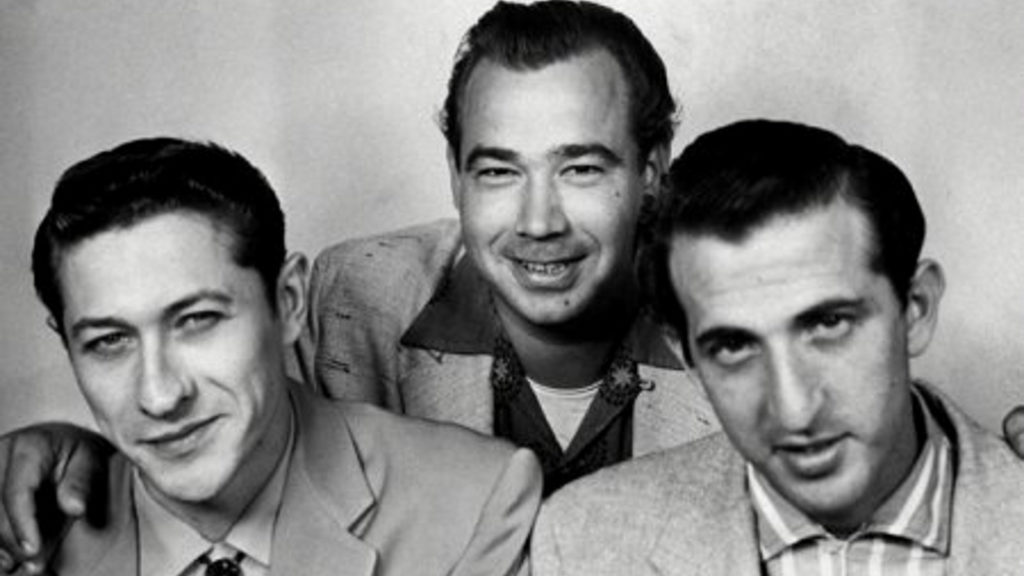
The Funk Brothers
The Funk Brothers were a group of local musicians in Detroit at the right place, at the right time and with the right talent; when Berry Gordy decided to open a record label which became known as Motown.
They played on virtually every hit record from The Supremes, The Temptations, Smokey Robinson, The Four Tops, and Stevie Wonder to come out of Motown from approximately 1959 - 1972 after which they moved to Los Angeles.
Inductees : James Jamerson, Uriel Jones, Dennis Coffey, Joe Messina, Eddie Willis, Bob Babbitt, Eddie “Bongo” Brown, Robert White, Richard “Pistol” Allen, Jack Ashford, Joe Hunter, Earl Van-Dyke, William “Benny” Benjamin, Johnny Griffith

The Nashville “A” Team
The Nashville "A" Team was a group of musicians who, like The Funk Brothers in Detroit, The Muscle Shoals rhythm section, and The Wrecking Crew in Los Angeles, were in Nashville at the right time when record producer, Owen Bradley built the first studio in Nashville on 16th Avenue which became known as Music Row. Although members changed over time, there was always a core group consisting of Pig Robbins (keyboards), Bob Moore (bass), Ray Edenton and Harold Bradley, Grady Martin and Hank Garland (guitar) and Charlie McCoy (harmonica).
They backed everyone from Brenda Lee to Bob Dylan.
Inductees : Harold Bradley, Floyd Cramer, Pete Drake, Ray Edenton, Hank Garland, Buddy Harmon, Tommy Jackson, Grady Martin, Charlie McCoy, Bob Moore, Boots Randolph, Hargus (Pig) Robbins, Jerry Kennedy
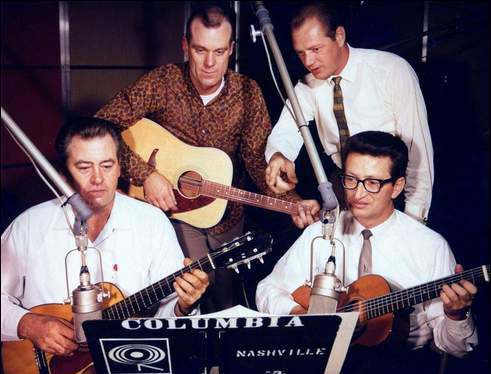
The Tennessee Two
The Tennessee Two consisted of bass guitarist Marshall Grant and lead guitarist Luther Perkins. Both were mechanics in Memphis, TN at the local Plymouth dealership where their mutual love of music led them to pursue playing guitar together. The mechanic who worked next to Marshall Grant was Roy Cash. Roy asked one day if his brother could join them when he moved to Memphis. His brother was Johnny Cash. They met on the floor of the garage where they all worked when Johnny arrived in Memphis by bus. That meeting was the beginning of music history.
Marshall learned how to play bass guitar. Luther learned how to play electric lead guitar and Johnny played rhythm and sang.
After their first successful recordings, they added W.S. Holland and changed their name to Johnny Cash and Tennessee Three.
Inductees : Marshall Grant, Luther Perkins
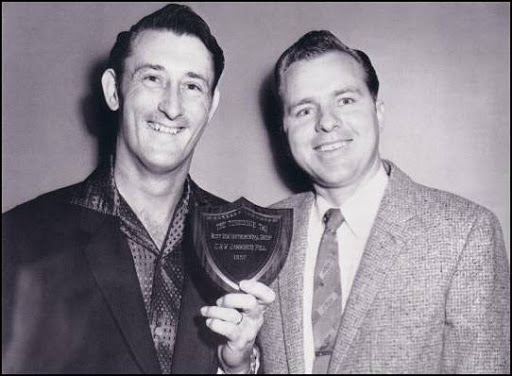
The Wrecking Crew
The Wrecking Crew was the name given to a group of LA musicians who dominated the top 40 pop charts in the 60's and 70's playing behind artists such as The Beach Boys, The Mamas and The Papas, The Byrds, Sonny and Cher, The Grass Roots, The Fifth Dimension, America, Elvis, Simon & Garfunkel, Johnny Rivers and The Carpenters.
According to record producer, Lou Adler, the beginnging core members for his recordings were Hal Blaine, Larry Knechtel, and Joe Osborn. Other members came and went spanning every instrument you can imagine. Some even became famous on their own, such as Glen Campbell.
Many of what became known as The Wrecking Crew started out as Phil Spectors Wall of Sound session musicians.
Inductees : Glen Campbell, Tommy Tedesco, Billy Strange, Leon Russell, Don Randi, Larry Knechtel, Carol Kaye, Joe Osborn, Ray Pohlman, Hal Blaine, Earl Palmer, Julius Wechter, Lyle Ritz, James Burton, Jim Horn, Mike Deasy, Al DeLory, Plas Johnson, Don Peake, Louie Shelton
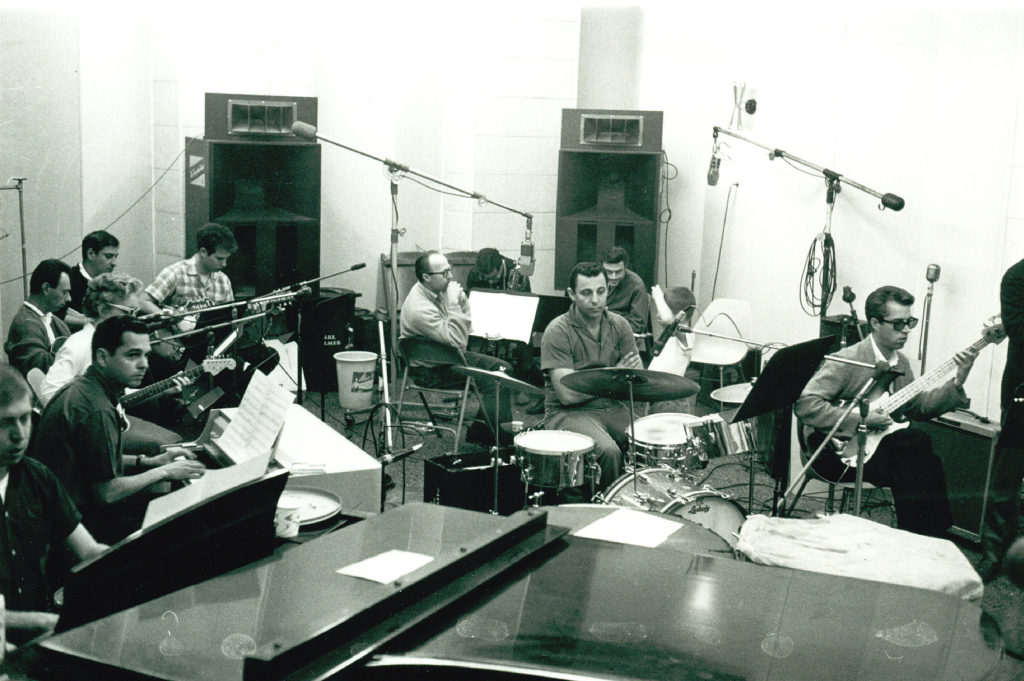
The Memphis Boys
The Memphis Boys consisted of a hand picked group of top-drawer studio musicians. These musicians were selected by musician and producer, Chips Moman.
Chips, along with Don Crews, designed and built American Sound Studio located at 827 Thomas Street, Memphis, TN. This was the home studio that he and The Memphis Boys worked from exclusively.
Originally, the band was named The 827 Thomas Street Band. They later became known as The Memphis Boys, once the original partnership was dissolved.
Between 1967 - 1971, The Memphis Boys had approximately 120 songs in the Top 100 of the Billboard charts.
These songs consisted of hits such as "Sweet Caroline" by Neil Diamond, "Son of a Preacher Man" by Dusty Springfield, and "Suspicious Minds" by Elvis Presley.
Inductees: Reggie Young, Bobby Wood, Tommy Cogbill, Mike Leech, Gene Chrisman, Bobby Emmons.
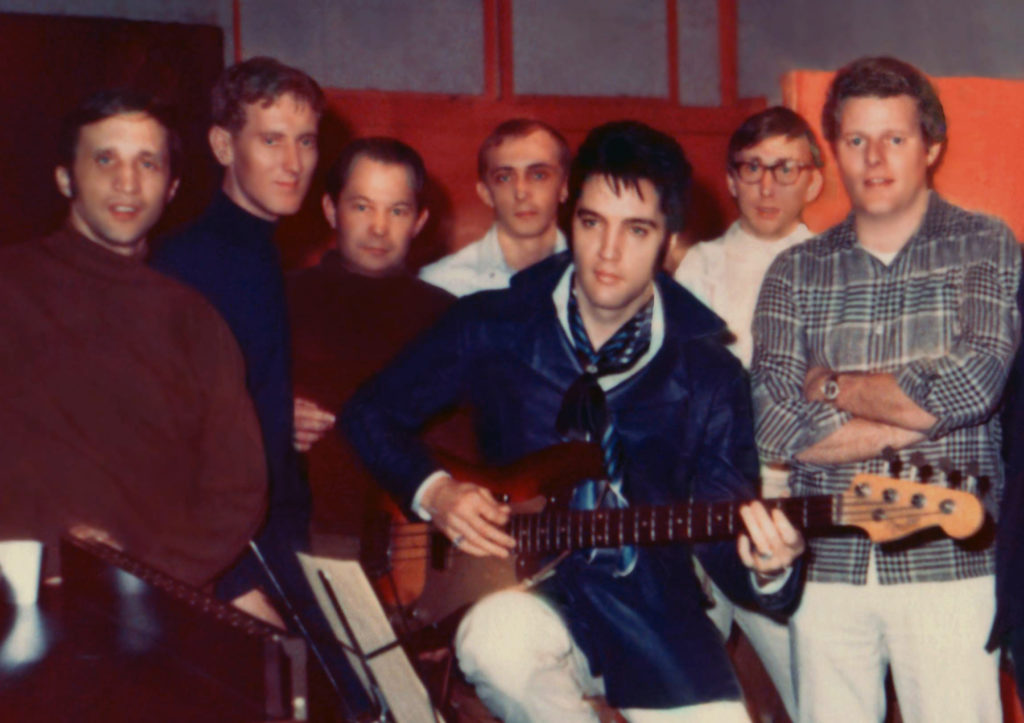
2nd induction ceremony
Al Kooper
Al Kooper started out playing guitar in the early 1950's & 60's in New York. Most notably, he played with the band The Teenagers who had the hit song "Short Shorts". Al Kooper also pursued playing keyboards but was persuaded by his teacher to focus on the guitar.
Al obtained studio session work as a guitarist, not because of how great he was, but, according to Al, he was able to play the simple rock guitar riffs that the other educated musicians couldn't dummy down enough to play.
Al developed a friendship with famed New York record producer Tom Wilson who produced, among others, Bob Dylan. Knowing that Al was a Dylan fan, Tom invited him to one of Bob's recording sessions which historically led to Al sneaking into the studio while Tom was on the telephone and sitting down at the Hammond B-3 organ hoping to be able to play on his hero's session. Even though Tom did not consider Al a keyboard player, he allowed him to stay and play on the song. The song turned out to be "Like a Rolling Stone" and Al's Hammond organ part became legendary, thrusting him full steam to the top of the music industry.
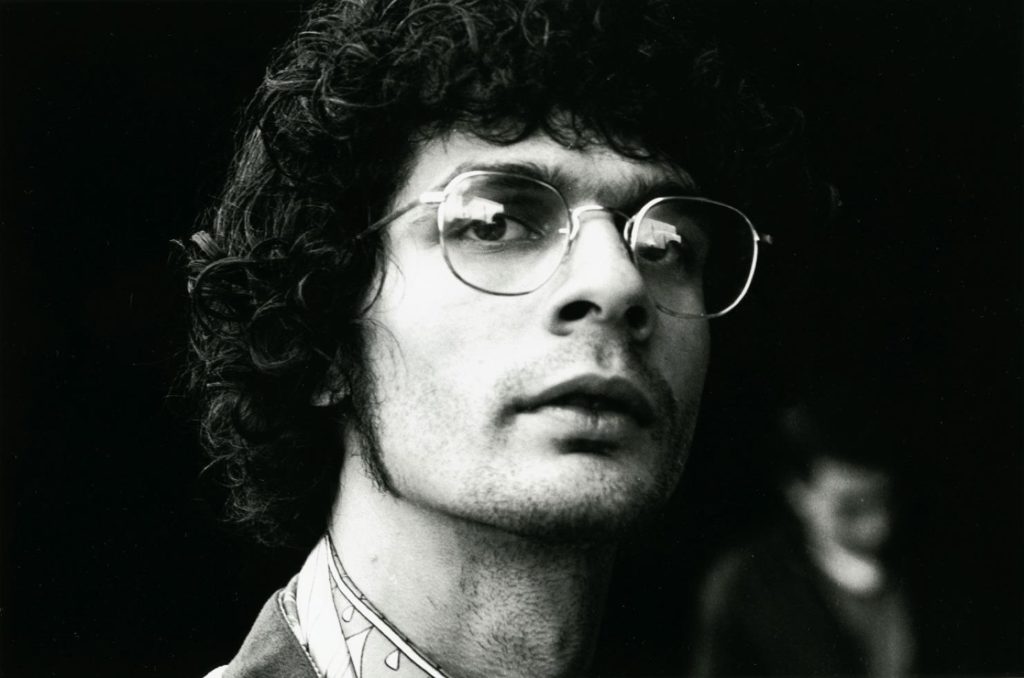
Billy Sherrill
Billy Sherrill was born the son of a baptist preacher in north Alabama and started playing piano at his father's tent revivals as a young boy. This led to Billy later playing saxophone and keyboards in a local rock and roll band called The Fairlanes with another local musician playing bass named Rick Hall. This led to Rick and Billy starting a recording studio in Florence, Alabama which Billy named FAME Studios (Florence Alabama Music Enterprises).
After receiving a large royalty check for a song he had written from a publisher friend in Nashville, Billy decided to leave FAME Studio's and move to Nashville to become a songwriter.
Billy taught himself to play virtually every instrument in a band like the guitar, bass, keyboards, drum and saxophone.
Billy secured a job as a recording engineer at the newly opened, Nashville Sun Studios and worked for founder and producer, the legendary Sam Phillips. Sam discovered Elvis, Roy Orbison, Johnny Cash, Jerry Lee Lewis, Carl Perkins, Ike Turner and others. Sam allowed Billy to record his own records, which he performed every instrument on, after hours at Sam's, Nashville studio.
Billy had regional success with some of his records which led to him being hired to run the newly opened EPIC Records, a subsidiary of CBS in Nashville.
Billy soon became the President of the CBS/EPIC Records Nashville office.
Billy signed and produced artists such as Tammy Wynette, David Houston, Barbara Mandrell, Johnny Paycheck, Marty Robbins, Bobby Vinton, Charlie Rich, Elvis Costello and the great George Jones for whom Billy produced what was voted the number one country song of all time, "He Stopped Loving Her Today". Billy also wrote and produced "Stand by Your Man" for Tammy Wynnete, which had been the previous number one country record of all time.
Billy was voted songwriter of the century by BMI(Broadcast Music Incorporated).
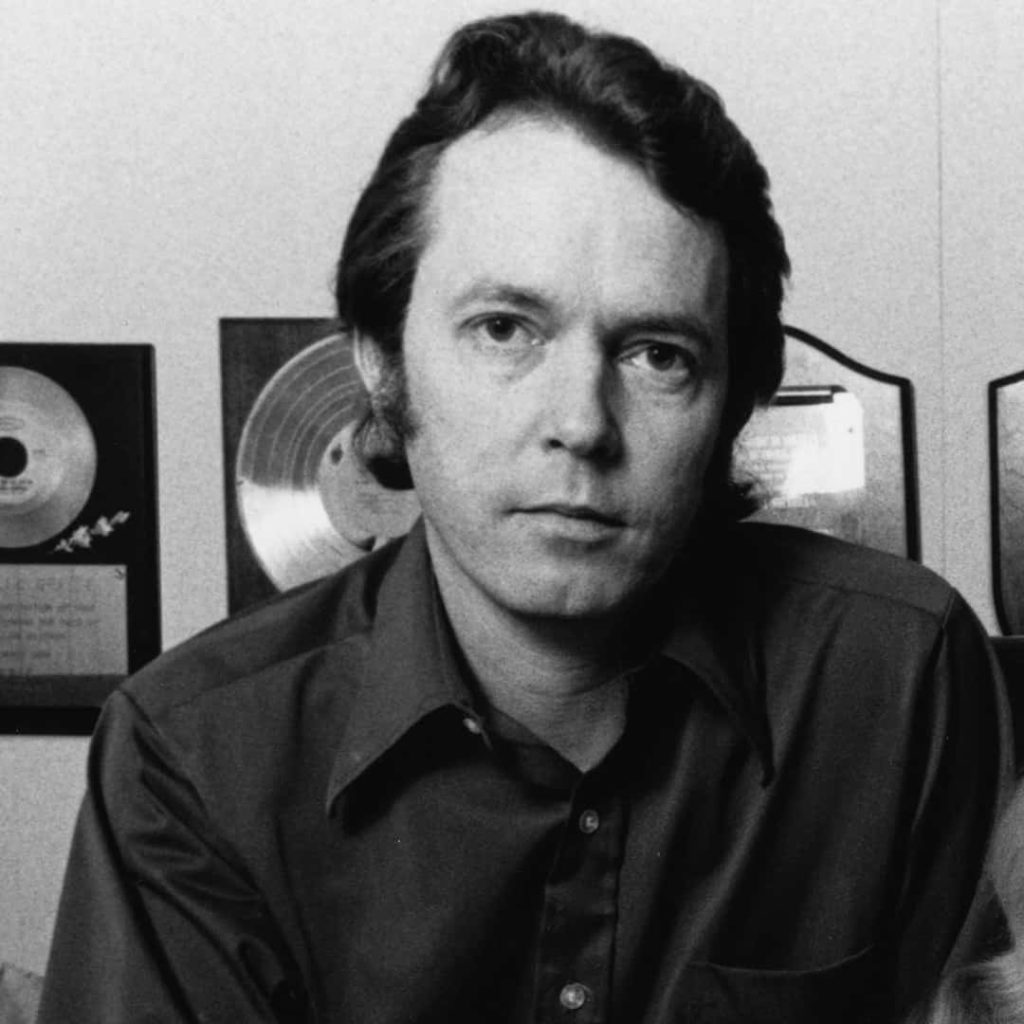
Booker T and The MGs
Booker T and The MGs were the studio musicians in Memphis, TN at what was known as STAX Studio. Duck Dunn on bass, Al Jackson Jr on drums, Steve Cropper on guitar, and Booker T Jones on keyboards.
During the early to mid 60's, Booker T and The MGs backed most of the STAX recording artists in the studio from Sam & Dave, Eddie Floyd, Albert King, Rufus and Carla Thomas and the great Otis Redding.
They had their own instrumental hit records with songs such as "Time is Tight", and perhaps their best known, "Green Onions".
Thanks to the movie "The Blues Brothers", Booker T & The MGs enjoyed huge resurgence in the late 1970's.
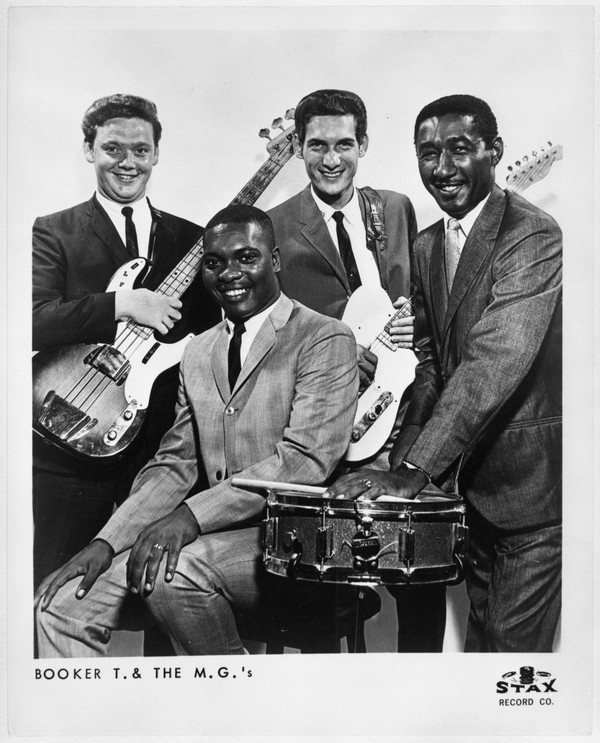
Duane Eddy
Duane Eddy was known as the first rock and roll instrumental guitar slinger in the mid 50's with songs such as "Rebel Rouser", "Forty Miles of Bad Road", "Shazam", "Because They're Young", and "Ramrod".
Duane claims his main influence was Chet Atkins but Duane influenced everyone from Jimmy Page, The Kinks, Tom Petty, and most notably, The Beatles.

Memphis Horns
Wayne Jackson on trumpet and Andrew Love on saxophone became known as the Memphis Horns.
Wayne's first hit as a trumpet player was with a song called "Last Night" by the Mar-Keys. That led to Wayne being introduced to saxophonist, Andrew Love and them becoming part of the STAX studio session musicians.
After years of being studio musicians at STAX, Wayne and Andrew went independent, naming themselves The Memphis Horns. They played in the studio, together and individually and toured all over the world with artists such as the The Doobie Brothers and Peter Gabriel.
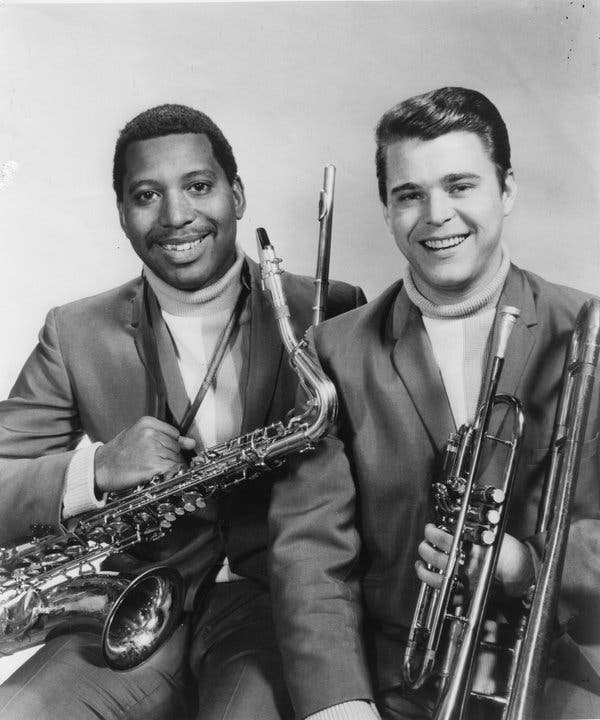
Muscle Shoals Rhythm Section & Friends
The Muscle Shoals Rhythm Section, also nicknamed The Swampers by the band Lynyrd Skynyrd, started at Rick Halls Fame Studios and later founded their own studio, Muscle Shoals Sound. The core members consisted of Barry Beckett on keyboards, Jimmy Johnson on guitar, Roger Hawkins (drums), David Hood (bass).
Friends included Pete Carr, Clayton Ivey, Randy McCormick, Will McFarlane, and Spooner Oldham.
With help from Atlantic Records, they built a studio in Sheffield, Alabama near Florence. They recorded numerous hit records with artists such as Paul Simon, Bob Dylan, Bob Seger, Rod Stewart, Aretha Franklin and Traffic. They also leased their studio to artists to such as The Rolling Stones.
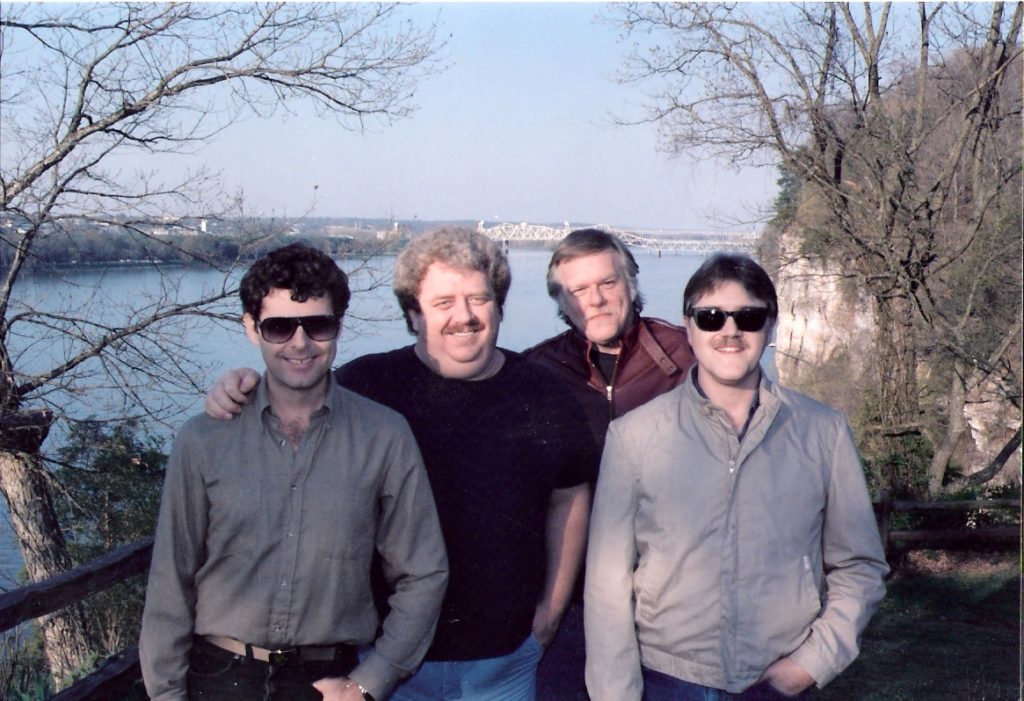
The Crickets
A core member of The Crickets during their success with Buddy Holly (guitar & vocal) consisted of J.I. Allison (drums) and Joe B Mauldin (bass).
Buddy, J.I. and Joe B parted ways amicably during the height of their career, mostly due to family issues concerning being on the road. Unfortunately, before "J.I.", Joe B and Buddy reunited, Buddy passed away. Joe B and JI then began recording and touring with The Everly Brothers.
In later years "J.I.", Joe B and Sonny Curtis were reunited as The Crickets and recorded and toured for many years.
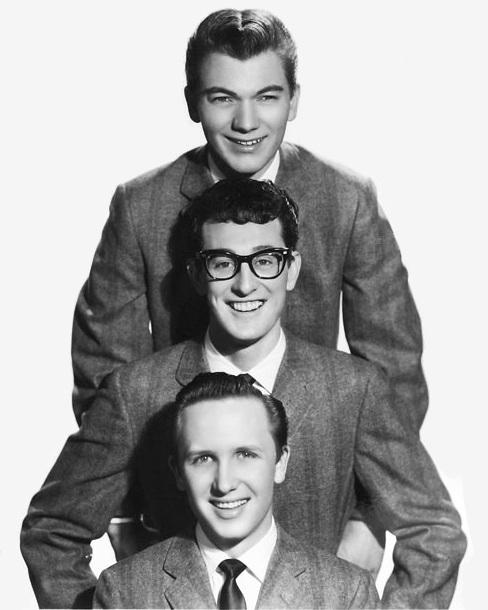
3rd induction ceremony
Paul Riser - Arranger Award
Paul’s amazing career as an arranger started with work as a session trombonist at Motown, but it wasn’t long before he became one of the top arrangers in the history of American popular music. As it is with so many talented people behind the scenes, you may not recognize his name, but you will certainly remember his work arranging such songs as “Papa Was A Rollin’ Stone,” “My Cherie Amour,” “I Believe I Can Fly,”, “Ain’t No Mountain High Enough,” “Two Hearts,” “If I Were Your Woman,” “My Girl,” “Tears of A Clown,” “I Heard It Through The Grapevine” and “Never Too Much”.
Paul co-wrote “What Becomes of the Brokenhearted,” in addition to arranging the recording. In 2009, Paul’s work as an arranger is still in demand. He recently completed a new project with Stevie Wonder.
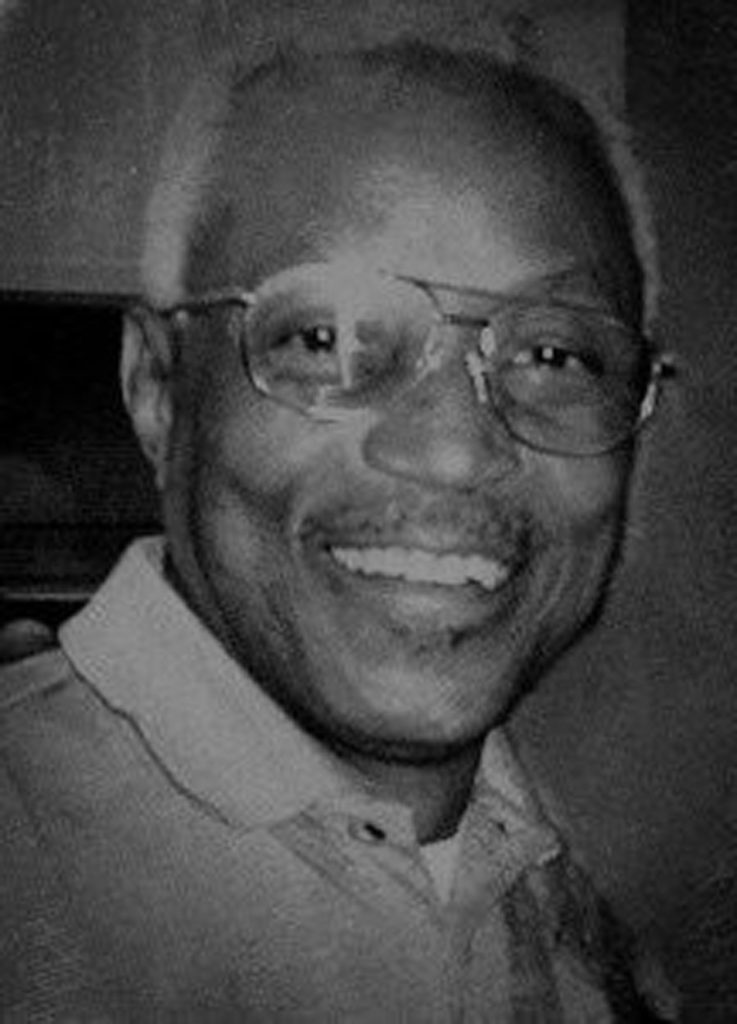
Fred Foster - Producer Award
As a Producer, Fred’s career would be legendary for his work with Roy Orbison alone. Foster produced such standards as, “Only the Lonely,” “Crying,” “Blue Bayou,” “It’s Over” and “Oh, Pretty Woman”. Fred also played a huge role in the careers of Dolly Parton, Ray Stevens, Boots Randolph, Al Hirt, Charlie McCoy, Tony Joe White, Larry Garlin and Kris Kristofferson to name a few.
In addition to signing Kristofferson to Monument records, the label he co-founded, Fred gave Kristofferson the title that became Janis Joplin’s definitive record, “Me and Bobby McGee,” which he and Kristofferson co-wrote. In the 60’s, Fred also started an R&B label called Sound Stage 7. Artists who recorded on the Sound Stage Label included Joe Simon, Allen Toussaint, The O’Jays and Ivory Joe Hunter. In 2006, Fred Foster produced Willie Nelson’s Grammy nominated “You Don’t Know Me: The Songs of Cindy Walker,” and in 2007 Foster produced Willie Nelson’s collaboration with Merle Haggard and Ray Price, “Last of the Breed.”
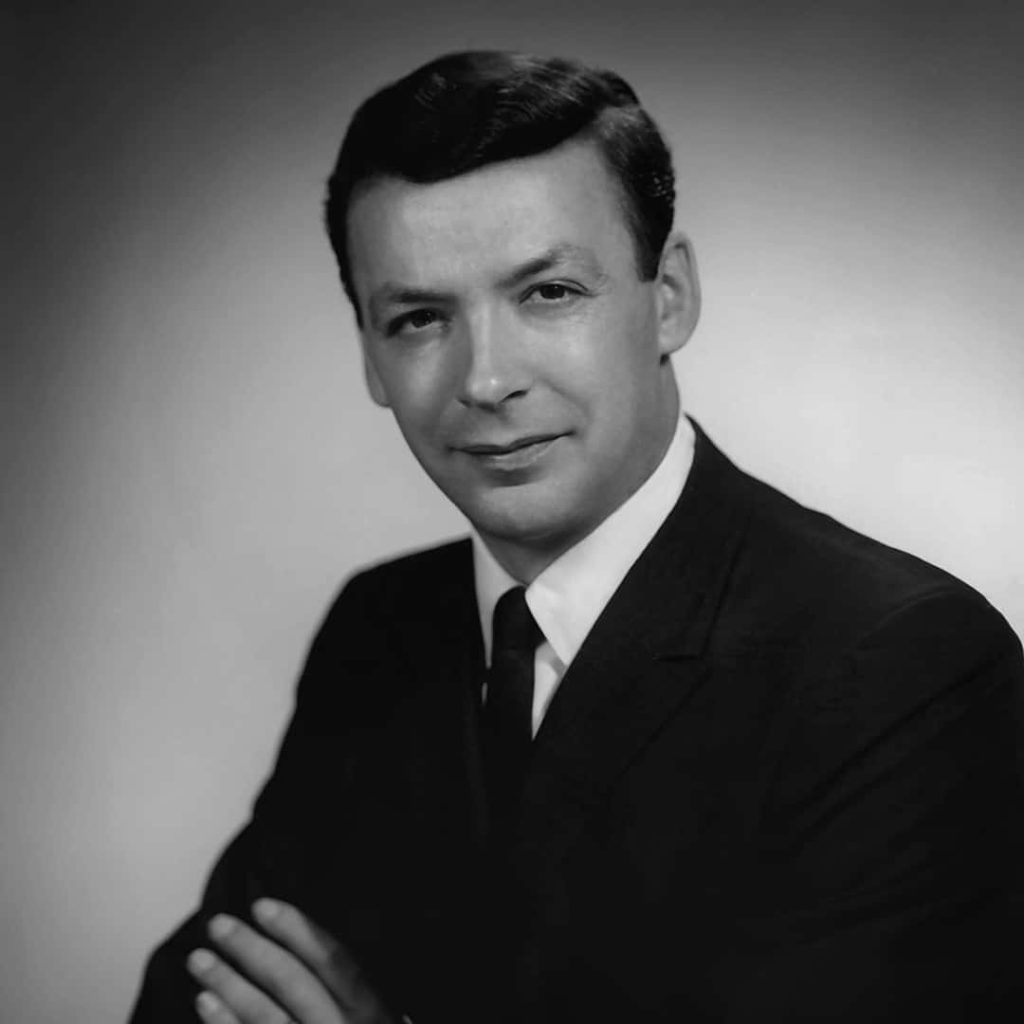
Chet Atkins
As a guitarist, Chet was inspired by Django Reinhardt, Merle Travis, George Barnes and Les Paul. Chet started out on the ukulele and fiddle and got his first guitar at age 9. As a result of hearing Merle Travis on the radio, Chet soon developed his own style of finger picking that became, unmistakably, Chet’s sound.
Chet’s early career had its ups and downs. Believe it or not, Chet was even fired for not sounding country enough. Chet's luck changed when Steve Sholes signed him to RCA Victor. Chet’s first records did not earn enough money for him to support a family, so he joined Mother Maybelle & The Carter Sisters, who were performing on KWTO. Chet moved with Mother Maybelle & The Carter Sisters to Nashville to perform on WSM-AM and the Opry. Chet soon began working on recording sessions as a session leader with Steve Sholes for RCA Victor’s Nashville artists.
Chet’s first big record was “Mister Sandman.” Chet was featured on the Eddy Arnold Show in the summer of 1956. In 1957, Sholes put Chet in charge of RCA Records Nashville. Due to the success of Elvis Presley, country sales had dropped dramatically. It was Owen Bradley and Chet who were credited with creating what became known as the Nashville Sound, Making country music more appealing to pop fans. During his career Chet won 14 Grammy’s, 9 CMA Instrumentalist of the Years Awards, The Grammy Lifetime Achievement Award and The Billboard Magazine Century Award. Chet was also inducted into the Country Music Hall of Fame in 1973 and the Rock and Roll Hall of Fame in 2002.
“Years from now, after I’m gone, someone will listen to what I’ve done and know I was here. They may not know or care who I was, but they’ll hear my guitars speak for me”.
Chet Atkins
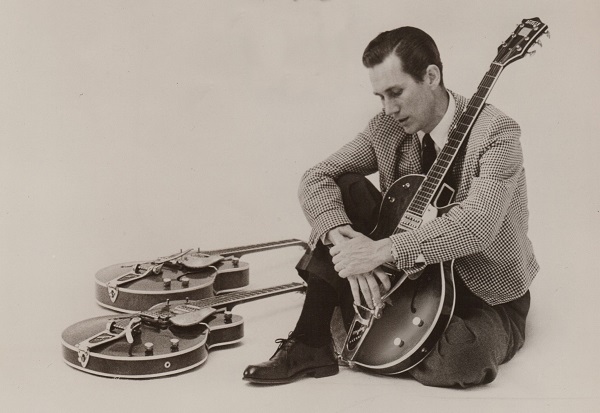
Billy Cox
Billy knew greatness the first time he ever heard Jimi Hendrix play guitar. Billy introduced himself to Jimi when they were both in the 101st Airborne, stationed in Fort Campbell, KY. This was the start of a lifelong friendship. After leaving the Army, Billy and Jimi moved to Nashville where they started their band, The King Kasuals and played in Nashville’s Printers Ally and the surrounding “chitlin’ club circuits.” When Hendrix hit the road touring with other bands, Billy opted to stay in Nashville. After Hendrix was discovered by Chas Chandler, bassist from the group The Animals, Jimi asked Billy to go to Europe with him. Billy declined Jimi’s offer because, as he put it, “I only had two strings on my bass and not enough money for a bus ticket.” Hendrix told him he would come back and get him when he made it, and he stayed true to his word.
When bassist Noel Redding left The Jimi Hendrix Experience, Hendrix brought Billy to Woodstock, NY where they rehearsed with drummer Mitch Mitchell and played the iconic 1969 Woodstock festival. Soon after, Hendrix, Billy and drummer Buddy Miles became The Band of Gypsy’s. After The Band of Gypsy’s, Mitch Mitchell reunited with Billy and Hendrix to rekindle The Jimi Hendrix Experience. After Hendrix passed away, Billy moved back to Nashville where he was hired as a member of the The Charlie Daniels Band. Billy continues touring, writing songs and recording to this day.
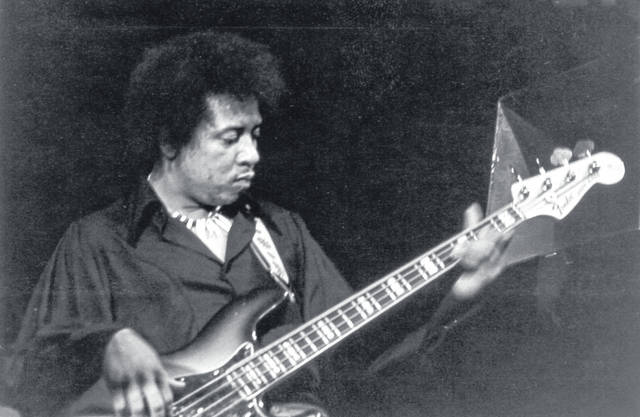
Dick Dale
After seeing a Dick Dale show, Leo Fender, founder of Fender Musical Instruments Company, designed an amplifier named the “Showman.” Leo increased the power output, and he had new speakers designed to handle the extra wattage that Dick needed. The volume and energy radiating from Dick’s performances led to him being called the “Father of Heavy Metal.” Dick’s love for surfing and recreating the sound he heard while surfing earned him the name “King of the Surf Guitar.”
Dick’s first records were released on his own Deltone label with his back up band, The Del-Tones. His hit, “Let’s Go Trippin,” was regarded as the first surf rock song. That record was soon picked up and distributed nationally by Capital Records. Dick has influenced generations of guitarists worldwide and is still touring today.
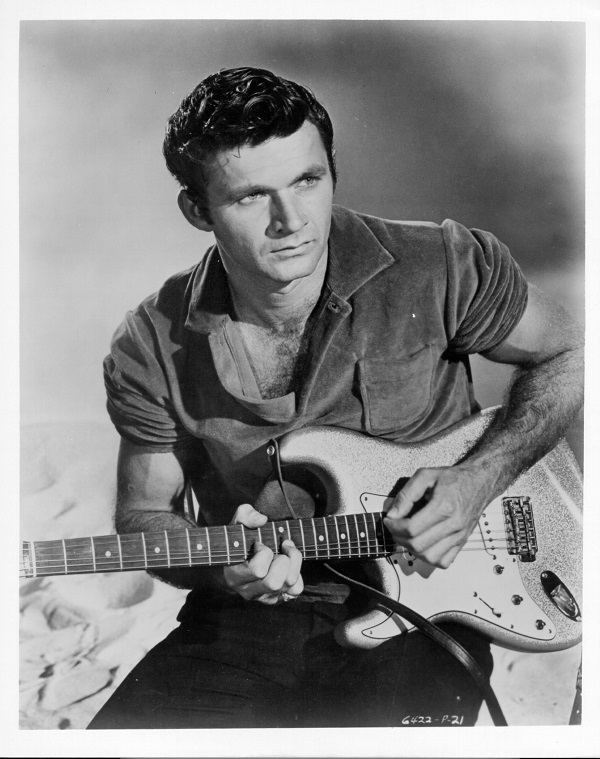
Charlie Daniels
Charlie started his career as a session musician in Nashville, working for Producer Bob Johnston. Bob booked Charlie as a session guitarist on three of the four albums Bob Dylan recorded in Nashville. Dylan was so impressed with Charlie’s musicianship that he later included Charlie in recording session with Beatles guitarist George Harrison. In the mid 70’s, Charlie also played fiddle on recordings for The Marshall Tucker Band and Hank Williams Jr. Charlie recorded his first solo album in 1971, but it was his second album in 1973 that yielded his first Top Ten Billboard hit “Uneasy Rider.” Charlie followed that hit with two records in 1975 entitled “The South’s Going To Do it Again” and “Long Haired Country Boy”. In 1979, Charlie had a monster crossover hit with “The Devil Went Down to Georgia,” which won him a Grammy for Best Country Vocal Performance.
In the 80’s Charlie continued to have pop airplay with singles like “In America” and “Still in Saigon.” Charlie and the band continue touring the world playing for his fans, including our troops in Afghanistan and Iraq. In 2008, Charlie was inducted as a member into the Grand Ole Opry.
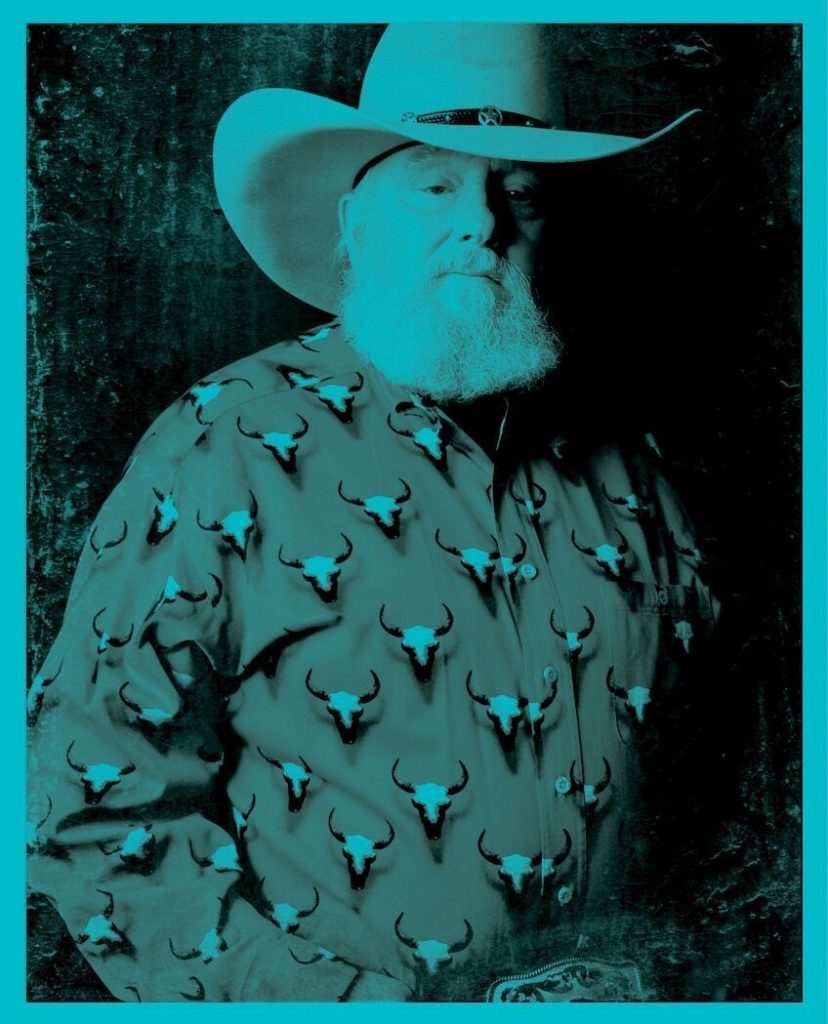
Victor Feldman
Victor Feldman was a musical prodigy at age 7. Born in Edgware, Middlesex, England in 1934, Victor came from a very musical family. At age 10, he was featured playing drums in a concert with Glen Miller’s AAF Band. He also became an accomplished player on the vibes, but it was his talent as a pianist for which he was most noted. In 1957, Victor recorded with various jazz artists including Benny Goodman and Cannonball Adderley.
His most famous contribution was to Miles Davis’s 1963 album “Seven Steps to Heaven” on which Victor wrote the title cut. Victor became an in demand session player in L.A. not only for jazz, but for his work with L.A. session musicians known as “The Wrecking Crew,” who played on most of the southern California pop records in the 60’s and early 70’s. Victor was also known for his work with artists such as Frank Zappa, Joe Walsh and Steely Dan. Victor was only 53 years old when he passed away following an asthma attack in 1987.
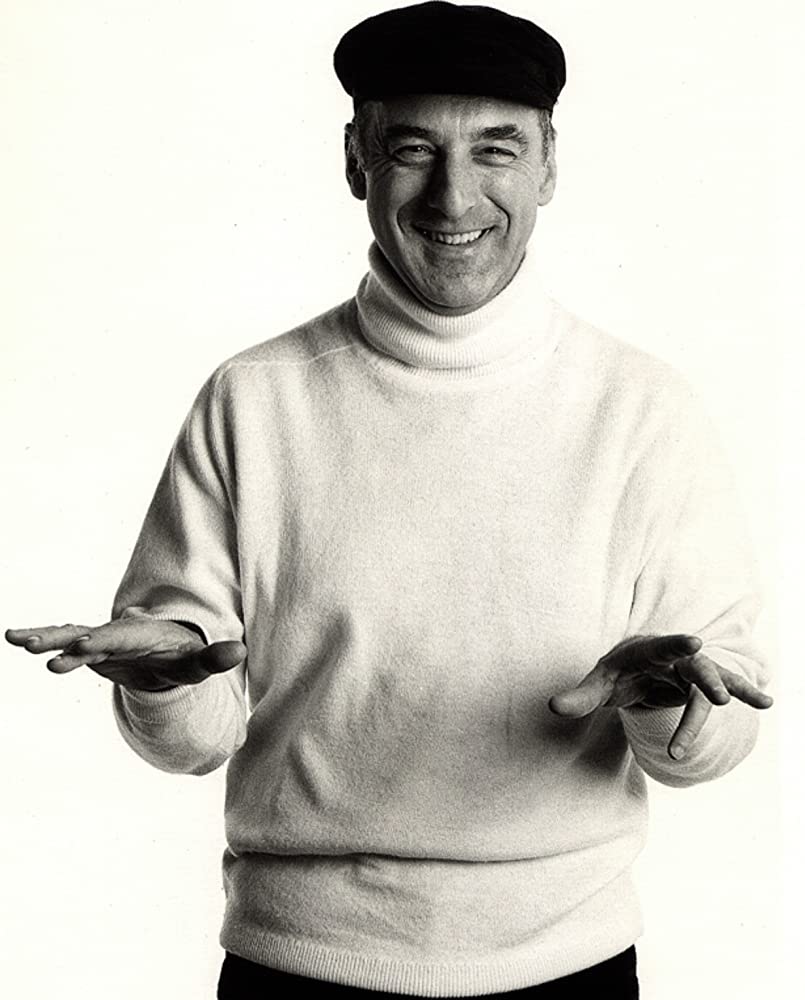
Toto
Toto, consisting of some of LA’s finest studio musicians, has sold over 30 million albums to date. The original line-up consisted of Jeff and Steve Porcaro, David Paich, Steve Lukather and David Hungate. Mike Porcaro took over the position of bass guitarist for David Hungate in 1980. The Porcaro and David Paich brothers came form musical families. The Procaros’ father was session percussionist Joe Porcaro, and David Paich’s father was session player, arranger Marty Paich. Given their family history, the Porcaros and David Paich quickly established reputations as stellar musicians playing in local L.A. bands and in studio sessions.
The addition of session bassist David Hungate and local guitarist, Steve Lukather, completed Toto’s line-up of musicians. Most of the musicians, having been session players for artists such as Steely Dan, Seals and Crofts, Boz Scaggs, and Sonny and Cher, were pursued by CBS Records to put out an album of their own. After signing Bobby Kimball as lead singer, Toto began work on their first of 18 albums in 1977. The airwaves of pop radio are filled to this day with Toto hits, such as “Hold the Line,” Rosanna” and “Africa”, along with the countless records they have recorded as session musicians.
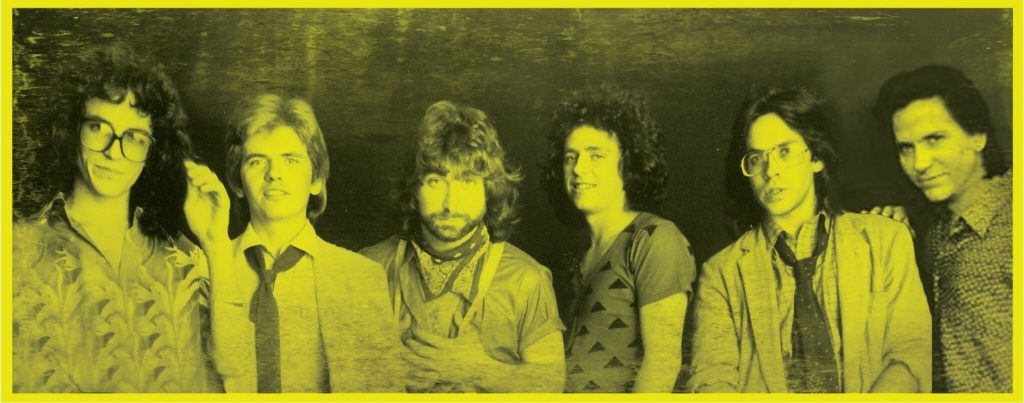
4th induction ceremony
Randy Bachman
A legendary figure in the rock and roll world through his talents as a guitarist with The Guess Who and Bachman Turner Overdrive, Randy is equally known for being a songwriter, session musician and producer. He has earned over 110 gold and platinum awards around the world for performing and producing. His songs have been recorded by numerous other artists and placed in dozens of television, movie and commercial soundtracks. His melodic guitar riffs have provided a veritable soundtrack of the last forty plus years of popular music.

Jimmy Capps
As one of country music’s finest guitar players, Jimmy Capps is a ‘master of smoothness’. He is known in the studio for his ability to move flawlessly from ‘electric to acoustic’ with a polished and refined touch that he brings to every recording or performance he is part of. Some of the classics that Jimmy has played are “Stand By Your Man,” “He Stopped Loving Her Today,” and “The Gambler”. Jimmy also performed on the Opry stage as a staff musician.

Peter Frampton
Grammy® award winner Peter Frampton remains one of the most celebrated artists and guitarists in rock history. At 16, he was lead singer and guitarist for British band The Herd. At 18, he co-founded one of the first super groups, seminal rock act Humble Pie. His fifth solo album, the electrifying Frampton Comes Alive! remains one of the top-selling live records of all time.

Buddy Guy
Guy is a pioneer of the Chicago blues sound and has served as an influence to some of the most notable musicians of his generation including Eric Clapton, Jimmy Page, Jimi Hendrix and Stevie Ray Vaughan. Rolling stone magazine ranked Guy 30th on their list of 100 Greatest Guitarists of All Time.
Known for his showmanship on stage, he would play his guitar with drumsticks or stroll into the audience while playing solos. His song “Stone Crazy” was ranked 78th in Rolling Stone’s list of the 100 Greatest Guitar Songs of All Time.
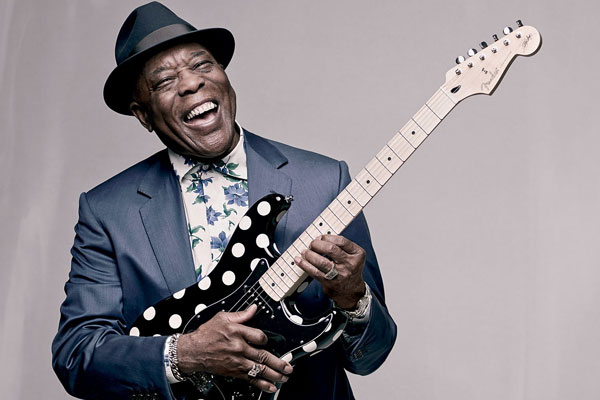
Ben Keith (Posthumously)
Known primarily for his work as a pedal steel guitarist with Neil Young, Keith was a fixture of the Nashville country music community in the 1950’s and 1960’s. He later worked with numerous successful rock, country and pop artists as both a producer and a multi-instrumentalist sideman for over four decades.
The very first song Ben Keith recorded as a Nashville sessions player was Patsy Clines’s timeless standard “I Fall to Pieces.”
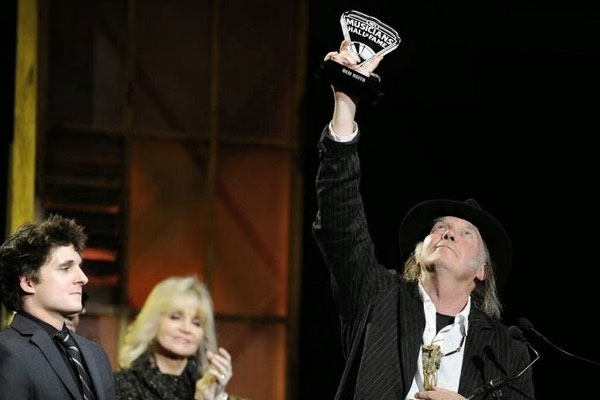
Will Lee
Will Lee is best known for his work as the bass guitarist on the CBS television program Late Show with David Letterman as part of the CBS Orchestra. As a studio musician, Lee has played on more that 1,700 albums working with artists as diverse as Carly Simon, Barry Manilow, Mariah Carey, and Dave Matthews.
Will is also a founding member of the world famous Beatles tribute band, The Fab Faux.

Barbara Mandrell
First female inductee into the MHOF and first artist to win the CMA Entertainer Of The Year for two consecutive years. She has won multiple awards from the CMA, ACM, American Music Awards, Grammys®, People’s Choice Awards and a Dove Award.
Her variety show, “Barbara Mandrell and the Mandrell Sisters,” on NBC drew millions of viewers weekly. Along with being a member of the Steel Guitar Hall of Fame, her repertoire of instruments include: saxophone, banjo, guitar, Dobro, mandolin, and bass, in addition to the accordion and the pedal steel guitar.
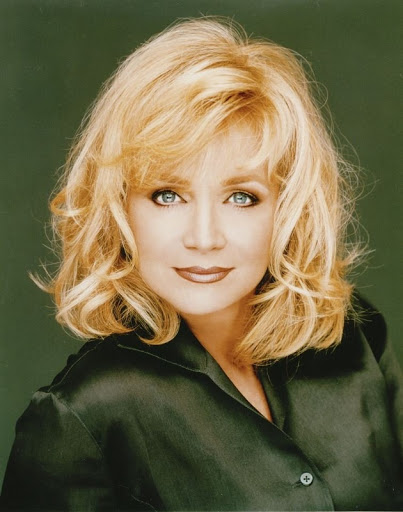
Corki Casey O’Dell
In Phoenix, Arizona, in the mid-Fifties, a small group of musicians were making groundbreaking recordings that would help to define the sound of rock and roll. Corki Casey O’Dell was the lone woman musician in the group. In 1956, she played percussion on a cardboard box on Sanford Clark’s “The Fool,” a Top Ten hit record. In 1957 and ’58, she played rhythm guitar on Duane Eddy’s “Moovin’ ‘n Groovin’” and “Ramrod.” She played on most of Eddy’s Recordings in Phoenix, including “Peter Gunn,” “Forty Miles of Bad Road,” and his signature tune, “Rebel Rouser,” which would be featured years later in the film Forrest Gump. Corki’s rythm guitar playing on so many pioneering hit records earned her the title of The First Rock and Roll Sidechick.
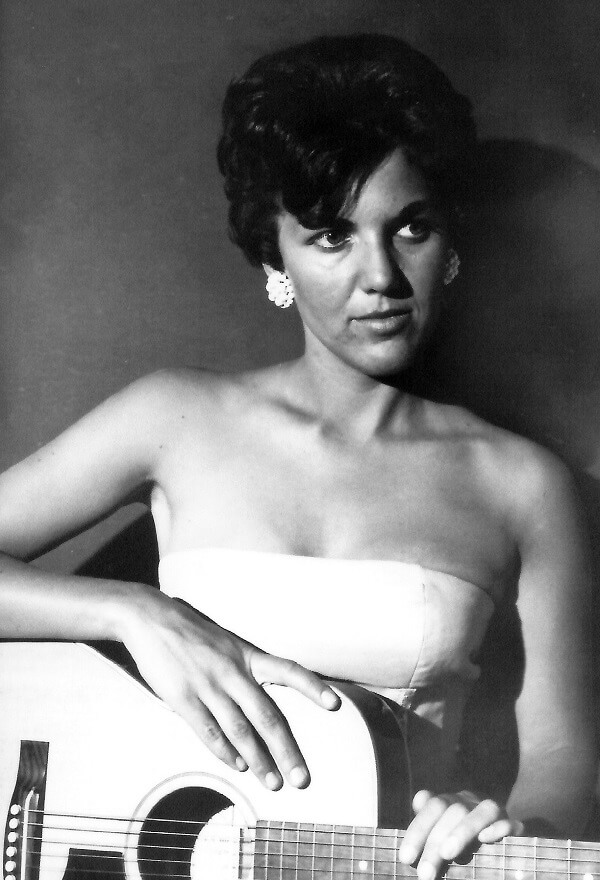
Velma Smith
A self-taught musician, Smith learned to sing and play guitar at an early age. Velma was the first female to perform a solo on the NBC Network portion of Grand Ole Opry. Velma was also the first female rhythm guitar player to play on records recorded in Nashville. Some of the artists Velma recorded with during her musical career were Eddy Arnold, Hank Locklin, Jim Reeves, Skeeter Davis, Roy Orbison, Waylon Jennings, Chet Atkins, Jerry Reed, Willie Nelson, Buffy Sainte-Marie, Charlie Rich, and Don Gibson.
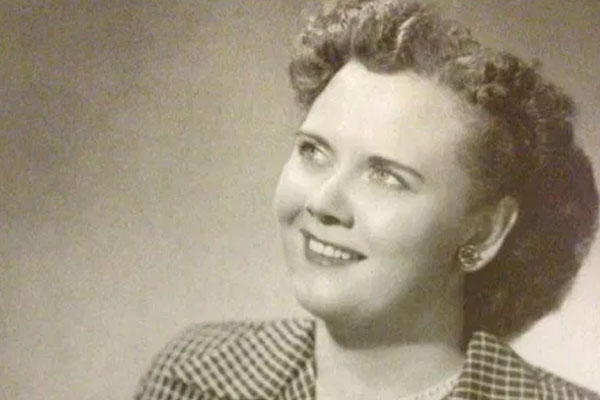
Stevie Ray Vaughan (Posthumously) & Double Trouble
With Stevie on guitar, Chris Layton on drums, Tommy Shannon on bass guitar and Reese Wynans on keyboards, Stevie Ray Vaughan and Double Trouble are credited with igniting the Blues Revival in the ’80’s with sold out concerts and gold records.
They played together from 1978 until Stevie’s death in a helicopter crash after a concert August 27, 1990. Since then, Chris, Tommy, and Reese have continued playing in other bands as well as session musicians for other artists.
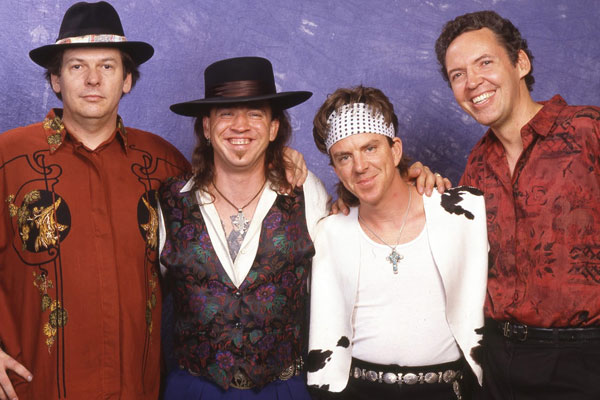
Mike Curb
Mike Curb is the first Musicians Hall of Fame Industry Icon Award Inductee. He started out writing music for TV and film before creating his first record label in 1963. Later, he merged his company with MGM and became president of MGM Records and Verve Records.
In the 70’s, Curb wrote for and produced Roy Orbison, the Osmond Family, Lou Rawls, and Sammy Davis, Jr. In 1994, the former Lieutenant Governor of California moved to Nashville and formed Curb Records with country recording artists including Wyonna Judd, LeAnn Rimes, Hank Williams, Jr., Rodney Atkins, and Tim McGraw. Along with running Curb Records, Mike is also a civic leader and benefactor for many organizations including higher learning institutions that have helped ensure the entertainment industry will survive in perpetuity.
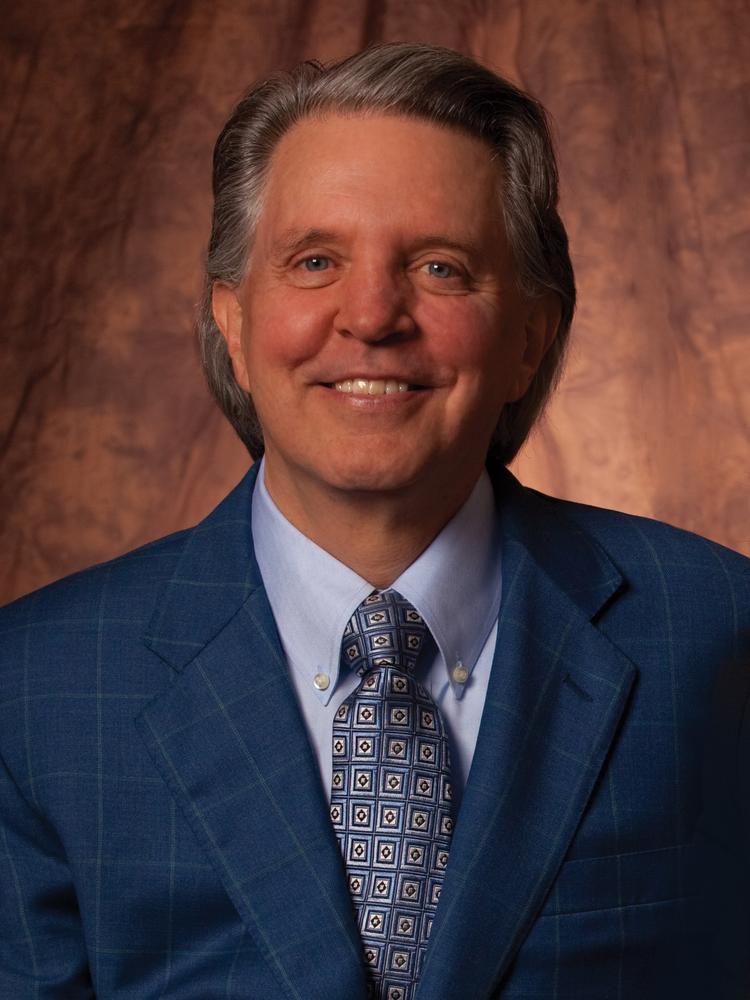
Roy Orbison (Posthumously)
“Oh, Pretty Woman” – Grammy® winner Roy Orbison’s induction as a member of the Songwriters Hall of Fame and Rock and Roll Hall of Fame are well documented, but not as well known, is that as a guitarist, Roy created one the most covered and iconic guitar riffs of all time, “Oh, Pretty Woman”. Roy is the first recipient of this award.
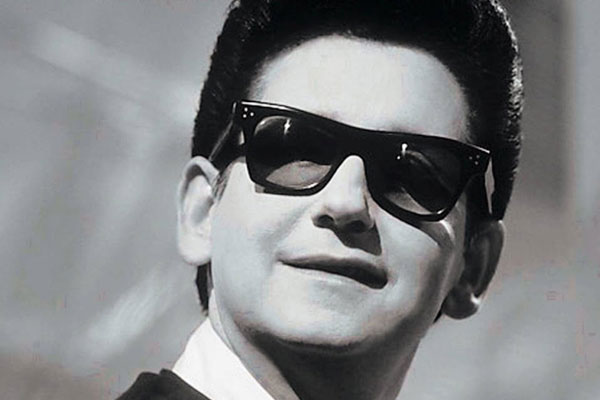
5th induction ceremony
Garth Brooks & The G-Men
Garth Brooks, the first artist to see seven of his albums sell more than 10 million albums each and earning him seven Diamond Awards from the Recording Industry Association of America, has sold more than 138 million albums in his career to date.
Garth came to Nashville in 1987 and began recording demos with a core group of studio musicians: Bruce Bouton (Steel Guitar), Mark Casstevens (Rhythm Guitar), Mike Chapman* (Bass), Rob Hajocos (Fiddle), Chris Leuzinger (Lead Guitar), Milton Sledge (Drums) and Bobby Wood (Keyboards). That core group, now known as “The G-Men,” recorded all of Garth’s studio albums and singles. “The G-Men,” along with Garth on rhythm guitar, have defined the Garth Brooks sound as one that is tight, energetic, smooth, authentic and commercial.
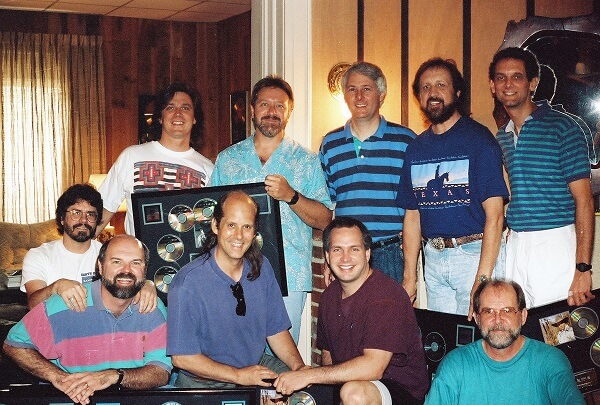
Jerry Reed*
Jerry Reed Hubbard was a guitarist, singer, songwriter and actor known professionally as Jerry Reed. He was born in Atlanta, GA and at age 18 was signed by famed music publisher, Bill Lowery, where he became part of Lowery’s staff band with Joe South and Ray Stevens. After serving two years in the Army, Jerry moved to Nashville, TN where he recorded with Chet Atkins. Reed picked guitar and used unusual tunings for many of his songs. His biggest hits “Amos Moses,” “When Your’re Hot, You’re Hot,” and “Eastbound And Down” featured his unique songwriting and his impressive guitar picking. Jerry Reed was one of only five guitarists who Chet Atkins knighted as C.G.P. (Certified Guitar Player).
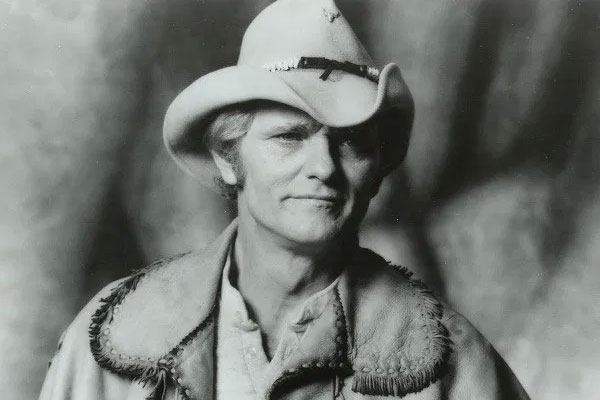
Sigma Sound Rhythm Section
The Sigma Sound Studio Rhythm Section included drummers Earl Young and Charles Collins, guitar players Norman Harris, Bobby Eli, T.J. Tindall, Roland Chambers III and Dennis Harris, bass players Ronnie Baker and Jimmie Williams, congas Larry Washington, keyboards Thom Bell, and vibes Vince Montana. The Sigma Sound Studio Rhythm Section was a stable group of session musicians who worked together to develop the unique Philadelphia sound used as backing for many different artists such as Hall & Oates, Patti LaBelle, Harold Melvin & The Blue Notes, The O’Jays, Billy Paul, Teddy Pendergrass, Lou Rawls and The Stylistics, providing the musical background for such standards as “Backstabbers,” “For The Love Of Money,” “If You Don’t Know Me By Now,” and “Love Train.”
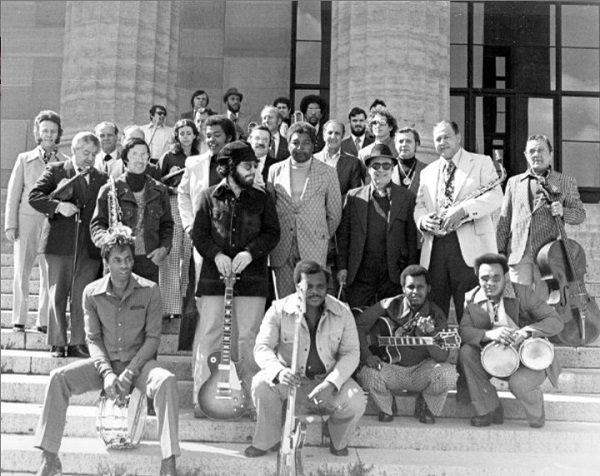
Ricky Skaggs
Rickie Lee Skaggs, known professionally as Ricky Skaggs, was born in Cordell, KY and started playing music at age 5. He is a country, bluegrass, gospel and folk singer, musician, producer, and composer. In addition to playing the mandolin, he plays fiddle, guitar, mandocaster and banjo. Ricky Skaggs is a musician's musician and has performed and / or recorded with Lester Flatt and Earl Scruggs, Ralph Stanley and his Clinch Mountain Boys, J.D. Crowe and new South, Vince Gill, Emmylou Harris, Jack White, Ry Cooder, Phish, The Raconteurs, Bruce Hornsby and The Whites, to name just a few. Skaggs has many awards and accolades including 14 GRAMMY® Awards, eight CMA Awards, eight ACM Awards and 13 IBMA Awards.
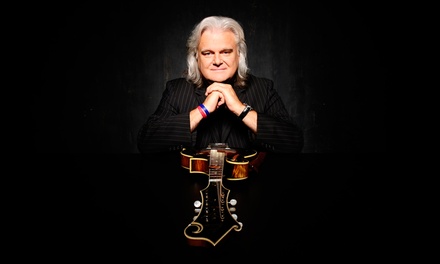
Don Felder
Donald William Felder, known professionally as Don Felder, was born in Gainesville, FL. He acquired his first guitar when he was 10 years old and is a self-taught musician. At the age of 15, he started his first band, The Continentals, which included Stephen Stills. He also gave guitar lessons to Tom Petty at a local music shop in Gainesville at which time he learned how to play slide guitar from Duane Allman. Don was invited to join The Eagles in 1974 when membership in the band was changing along with its musical style. Don wrote the music for the album’s title cut, “Hotel California” and while doing so created one of the most iconic riffs in recording history, which makes “Hotel California” immediately recognizable.
Don Felder received the Iconic Riff award.
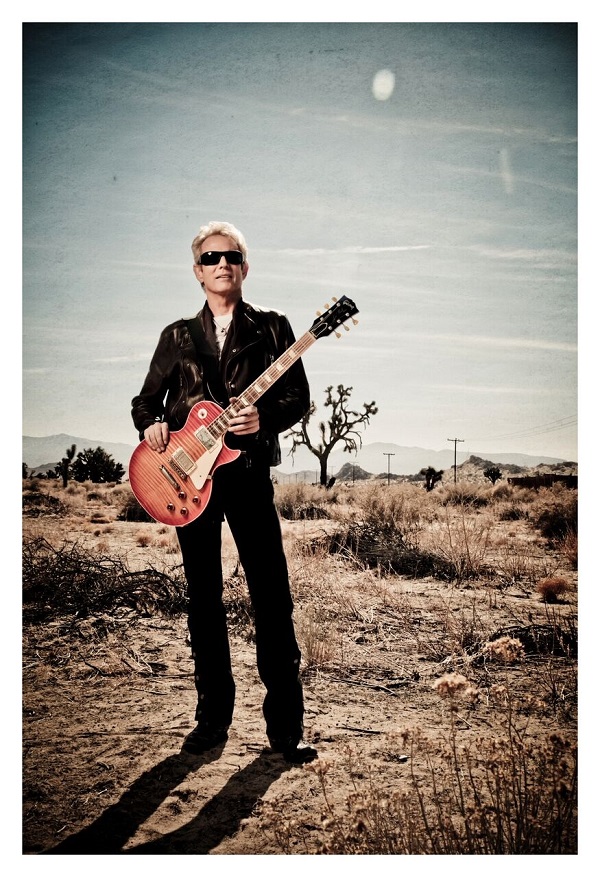
Allen Reynolds
Allen Reynolds, from North Little Rock, Arkansas, attended Southwestern College (now known as Rhodes College) in Memphis, TN where he met Cowboy Jack Clement at Sun Studios. When Clement moved to Beaumont, TX to build and run a recording studio, Allen followed. In 1964, when back in Memphis, Allen and his college friend, Dickey Lee, formed a publishing and production company. In 1965, Allen had national success as a songwriter penning the pop group The Vogues’ hit single, “Five O’Clock World.” In 1970, he moved to Nashville and joined Cowboy Jack Clement’s label, JMI Records. The first hit he produced was “Catfish John” for Johnny Russell. In the ’70’s he began working with Don Williams and produced numerous albums.
In 1975, Reynolds purchased Jack Clement’s Studio, Jack’s Tracks, where he produced ten of Crystal Gayle’s albums. Allen also produced commercially successful albums on Emmylou Harris, Kathy Mattea, and Hal Ketchum. Allen produced Garth Brooks’ first
album, “Garth Brooks,” which was released in 1987 and working with The G-Men session players, produced all of Brooks’ albums until he recently retired.
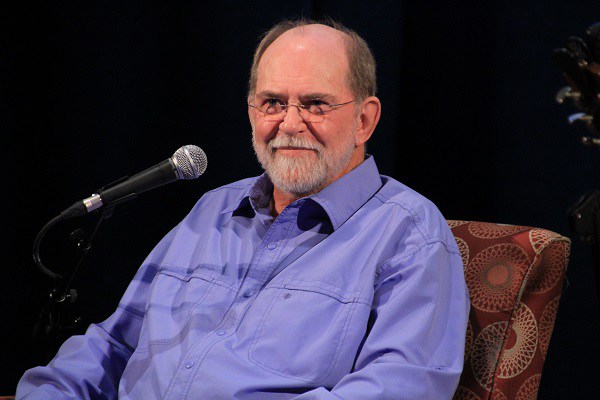
Lou Bradley
Lou Bradley began his career working in radio in his hometown of Pensacola, FL. After serving in the Army, he worked at WLAW radio in Lawrenceville, GA and attended electronics school. While in GA, he worked in the studio for a highly successful music publisher, Bill Lowrey. While there, Lou worked with recording artists that included Mac Davis, Razzy Bailey, Joe South, Johnny Christopher, engineering a number of national hits such as “Cherry Hill Park” by Billy Joe Royal. In 1969, while working at Columbia Recording Studios in Nashville, TN for famed music producer Billy Sherrill, Lou engineered projects for Charlie Rich, Tammy Wynette, George Jones and Bob Dylan, to name a few. Lou engineered the last studio session in the famed Quonset Hut (Columbia Recording Studio B) in June, 1982 when John Anderson recorded “Swingin’.” After the Columbia Recording Studios closed, Lou became a freelance engineer and worked with Merle Haggard in Redding, CA.
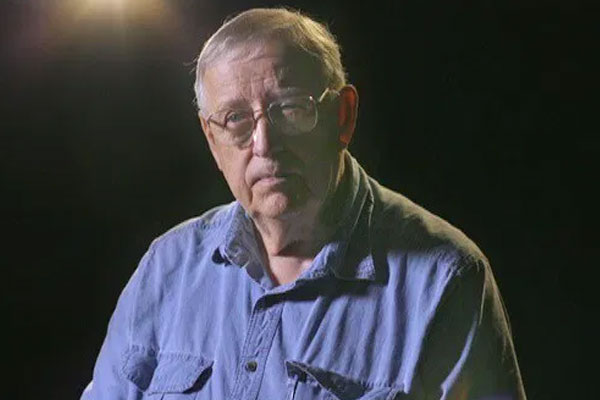
Mark Miller
While working with producer Allen Reynolds at Jack’s Tracks Studio in Nashville, Mark engineered numerous albums with artists including Hal Ketchum, Don Williams, Kathy Mattea, Crystal Gayle, Garth Brooks, Emmylou Harris, Paul Simon, and George Jones. Mark has engineered some of the biggest songs in country music history, including “Friends in Low Places,” “The Thunder Rolls” and “The Dance.”
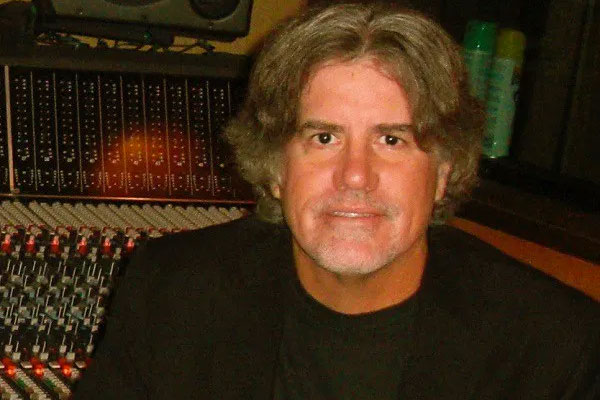
Ron “Snake” Reynolds
Ron “Snake” Reynolds, born in Nashville, TN, began his career as a teenager singing and playing guitar in local Top 40 and R&B bands before becoming an in demand recording engineer. He was chief recording engineer at Fred Carter, Jr.’s Nugget Studio and a staff engineer at Columbia Recording Studios in Nashville where he recorded George Jones, Tammy Wynette, Charlie Rich, Marie Osmond, Dave Loggins, Elvis Costello, John Hiatt, and J.J. Cale, to name a few. As a freelance engineer, he worked with Merle Haggard, Ray Charles, John Denver, Keith Urban, Shania Twain as well as actors Steve Martin, Steven Seagal and Billy Bob Thornton. During his career he has engineered over 600 Billboard Top 40 hits including 60 number one hits. He engineered over 100 gold, platinum and multi-platinum records, received nine GRAMMY ® citations, and six Golden Reel Awards.

Joe Tarsia
Joe Tarsia grew up in Philadelphia with a love of music and electronics. His recording engineer skills can be heard on classic pop music tracks by such artists as Thom Bell, Chubby Checker, Dee Dee Sharp, The Dovells, Bobby Rydell, Billy Paul and Harold Melvin and the Blue Notes. Engineering these artists and many others earned him over 150 gold and platinum record awards. He was also the founder and owner of the legendary Sigma Sound Studio which was the recording base of Gamble and Huff’s Philadelphia International Records. Joe Tarsia and Sigma Sound Studio became synonymous with “The Sound of Philadelphia.”
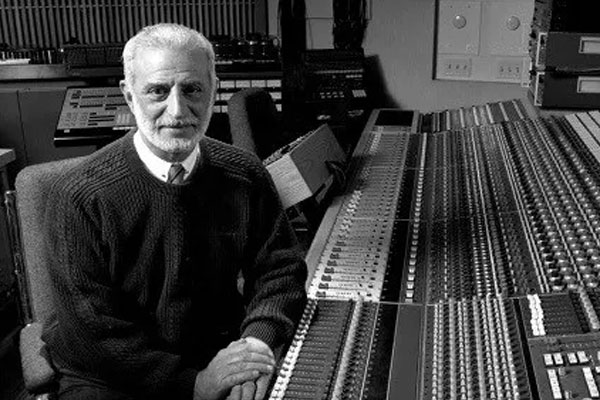
6th induction ceremony
Felix Cavaliere
One of the best Rock n Roll and R&B Keyboardists ever, not to mention Songwriters Hall of Famer, Rock n Roll Hall of Famer, soulful singer and original member of The (Young) Rascals charting 18 top 40 hits, 5 top 10 hits, and 3 #1 mega hits.
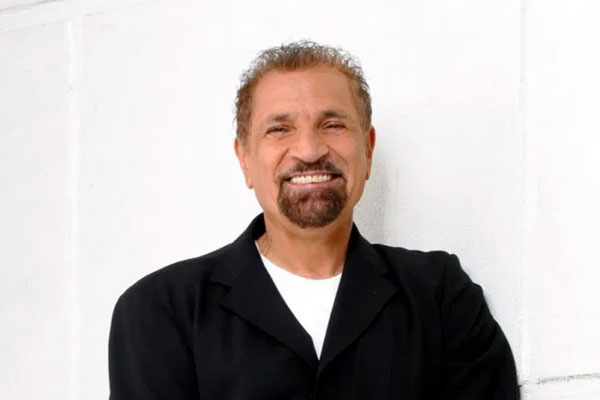
Steve Wariner
Steve Wariner was honored in 2019 by Gretsch Guitars with his own Steve Wariner Signature Model Nashville Gentleman guitar. Steve is not only a fabulous guitar player, but also singer, multi-GRAMMY ® Award winning Songwriter and named, by Chet Atkins, as one of only 5 guitarists to receive the CGP (Certified Guitar Player) title.
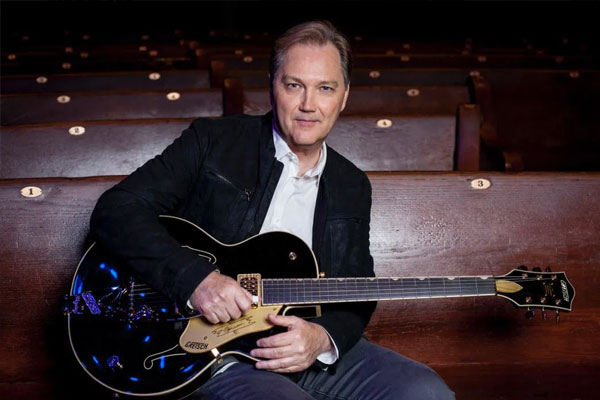
The Surfaris (Bob Berryhill, Pat Connolly, Jim Fuller*, Ron Wilson*)
In 1963, surf music was ruling the airwaves from coast to coast. Millions of young musicians were starting garage bands in every neighborhood in every city and the song most every young drummer and guitarist first learned to play was by this Southern California band. That song is the very first Musicians Hall of Fame Instrumental Song Award Winner…“Wipe Out”.
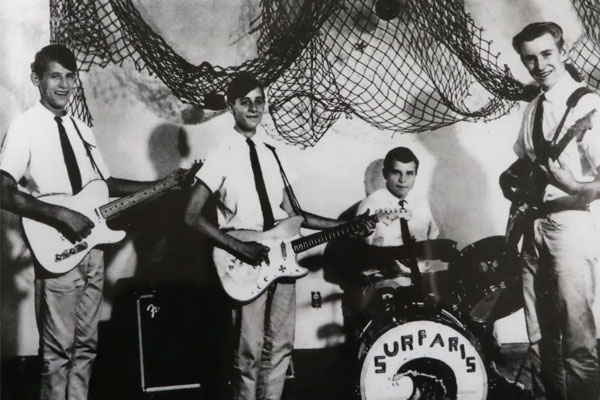
Don Everly
The Everly Brothers are one of the most iconic vocal duos in recording history, influencing everyone from Simon & Garfunkel to The Rolling Stones and The Beatles. They’ve been recognized for their angelic harmonies and their incredible songwriting. The GRAMMY ® Award winning duo has been inducted into the Country Music Hall of Fame and the Rock n Roll Hall of Fame, but Don is also a great arranger and rhythm guitarist and his ground breaking rhythm guitar opening for “Wake Up Little Susie” is this year’s winner of the Iconic Riff Award.
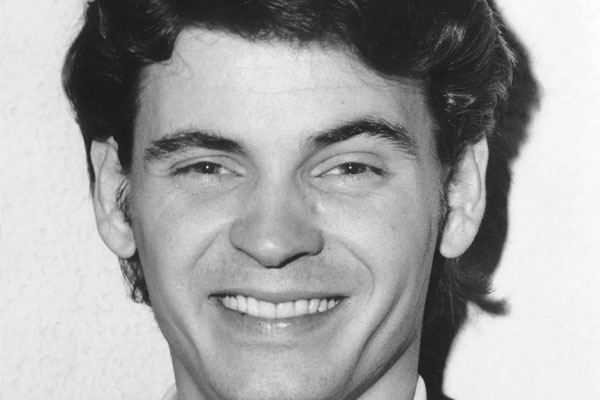
ALABAMA (Jeff Cook, Teddy Gentry, Randy Owen)
Celebrating 50 years in 2019, ALABAMA has sold more than 80 million records, charted 43 #1 singles, including 21 #1 singles in a row, and have won dozens of CMA, GRAMMY®, and ACM Awards. They are members of the Country Music Hall of Fame and have their own star on the Hollywood Walk of Fame. They are world-class philanthropists who have raised millions of dollars for various charities. ALABAMA is currently on the road celebrating five decades of music on its historic “50th Anniversary Tour.” In addition to their induction, Cook, Gentry and Owen will receive the first ever Life Time Achievement Award from the Musicians Hall of Fame.

The Original Muscle Shoals Rhythm Section (David Briggs, Jerry Carrigan*, Norbert Putnam, Terry Thompson*, and friends Earl “Peanutt” Montgomery, Joe South*, Reggie Young*)
Speaking of Alabama, who would have ever thought that a little town in North Alabama would have become, at one time, one of the most famous recording centers in the world? Muscle Shoals, AL produced some of the best music ever recorded and it all started with the original Muscle Shoals Rhythm Section, at Rick Hall’s Fame Studios.
Front bottom left: Jerry Carrigan
Front bottom right: Norbert Putnam
Far back right behind Putnam: David Briggs
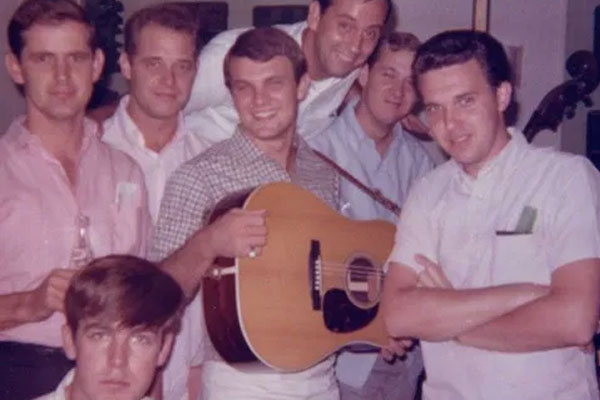
The Players (Eddie Bayers, Paul Franklin, John Hobbs, Brent Mason, Michael Rhodes)
Nashville is now the undisputed center of the music business, but since its inception, it has always been one of the top music cities anywhere in the world. When the recording business got rolling in Nashville originally, we had the Nashville A-Team Musicians and that tradition has carried on with these great musicians. Our next group of A-Team studio musicians have recorded on thousands of sessions and performed on countless hit recordings.
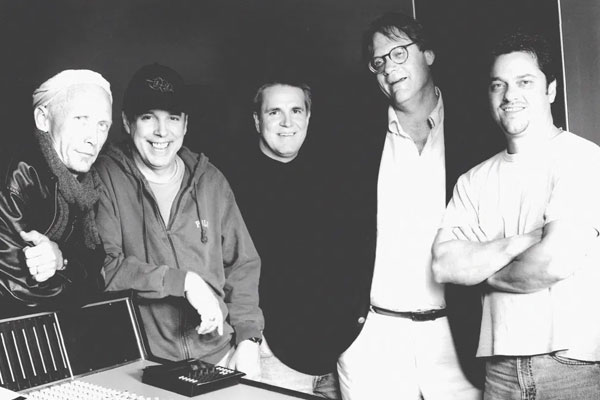
The Muscle Shoals Horns (Harrison Calloway*, Ronnie Eades, Charles Rose, Harvey Thompson)
Every good rhythm section needs a good horn section, and in Muscle Shoals, during the 60’s and 70’s, the original Fame Studio “Muscle Shoals Rhythm Section”, along with “The Swampers”, at Muscle Shoals Sound Studio were lucky enough to have these talented musicians.
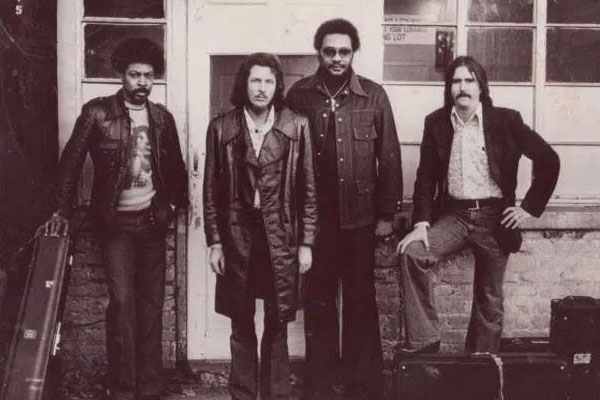
Owen Bradley*
Nashville would not be the magical place where dreams come true, and the world renowned city it is today without our incredible music industry. There wouldn’t be that music industry without this visionary and musical genius. Besides creating Music Row, the songs he produced in the 50’s and 60’s sound as timeless today as they did then. Owen Bradley is this year’s Musicians Hall of Fame Producer.
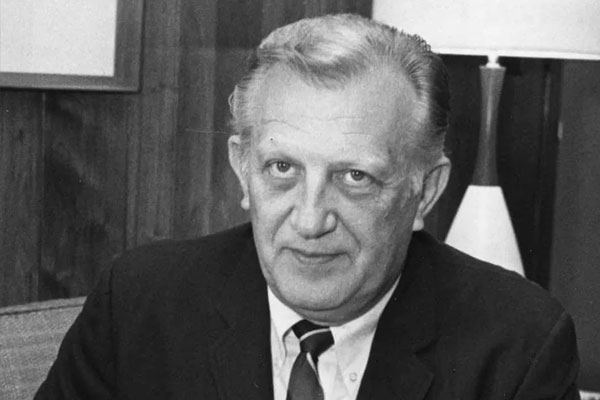
Billy Sherrill
Every great record has a great engineer, and there are a lot of good songs that became great records because of our next Musicians Hall of Fame Inductee. Recipient of this year’s Engineer Award goes to Billy Sherrill.
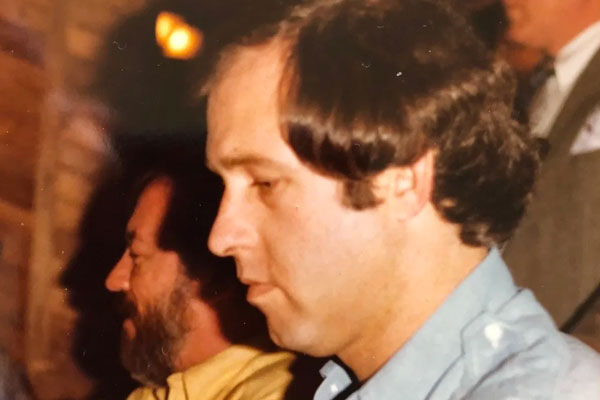
Bob Taylor
The Industry Icon Award is presented to someone for not only making a difference in the world of music, but also in the world itself. Taylor Guitars co-founder Bob Taylor is a pioneering acoustic guitar maker whose modern innovations have transformed the company from a small shop into a world-class manufacturer. Bob was 19 years old when he and cofounder Kurt Listug started the company that bears his name in 1974. Bob’s slim-profile guitar necks and easy playability helped put Taylor on the map, and in the decades that followed, Bob introduced many groundbreaking refinements to the guitar-making process, establishing new standards of quality and consistency, and making the acoustic guitar more inspiring to players at every level. Today, Taylor is an industry leader and the top-selling acoustic guitar brand in North America. In recent years, Bob has turned his attention to forest conservation and sustainability initiatives, including several pioneering reforestation programs that are planting thousands of trees for the benefit of future generations of guitar makers and musicians.
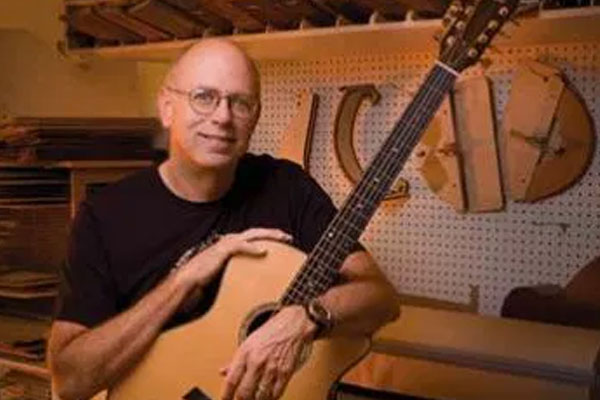
7th Induction Ceremony
Billy F Gibbons
Billy F Gibbons, born a Texan, with his signature beard, sunglasses and fringely African hat, is instantly recognizable. He is best known as the guitarist and vocalist of ZZ Top (“Sharp Dressed Man” “Gimme All Your Lovin’” and “La Grange” to name a few). Billy and his band ZZ Top were inducted into the Rock and Roll Hall of Fame in 2004.
Early on, Billy fronted several bands, one of which, The Moving Sidewalks, came to prominence opening for the Jimi Hendrix Experience.
In addition to being an iconic guitarist and vocalist, Billy is known internationally as a passionate collector of Cars & Guitars, revealed within his best-selling book, Rock + Roll Gearhead.

Don Mclean
Influenced in part by the folk musical group, The Weavers, Don McLean bought his first guitar at the age of sixteen and embarked on what is now an internationally successful career as a singer/songwriter. After graduating from Iona College in 1968, McLean performed in venues up and down the Hudson River with his friend and mentor, Pete Seeger. These experiences led him to Berkeley, California, where he recorded Tapestry during the student riots of 1969. After many rejections, Mediarts released the album where it received good reviews, but little attention outside of the folk community. McLean’s big break came when Mediarts was acquired by United Artists Records, unleashing the promotional power of a major label for his second album, American Pie, featuring the smash singles “American Pie” and “Vincent”.
“American Pie’s” influence in the American folk-rock culture is undisputed. In March, 2017, the song was designated an “aural treasure” by the Library of Congress “worthy of preservation” in the National Recording Registry “as part of America’s patrimony.” McLean’s recording discography also includes: “And I Love you So”, recorded by Elvis Presley and became a #1 hit for Perry Como; “Vincent”, recorded by Josh Groban, performed by Ed Sheeran and was a favorite of Tupac Shakur; “Castles in the Air”, which was a Billboard Top 40 hit in 1981; and “Wonderful Baby”, recorded by Fred Astaire, to name a few. His version of Roy Orbison’s “Crying”, was an international #1 hit and Top 5 Billboard 100 hit in 1981, which Orbison hailed McLean as “the voice of the century”.
“American Pie” was inducted into the GRAMMY Hall of Fame in 2002, McLean was inducted into the Songwriters Hall of Fame in 2004, received the BBC Radio 2 Folk Awards Lifetime Achievement award in 2012, received a star on the Las Vegas Walk of Stars in 2019, won three Telly awards for his Home Free collaboration of “American Pie”, received a star on the Hollywood Walk of Fame in 2021, and won six Telly awards for his BT Sports opening of the Fury/White fight in 2022.
As a highlight to McLean’s career, Martin Guitars created the D-40DM Don McLean Limited Edition “American Pie” Commemorative guitar. Only 71 guitars were built with a card inside the guitar that is signed by both Don McLean and Chris Martin IV. Starting with the neck, the fingerboard features custom hexagon inlays that contain the names of our friends from the song, American Pie. They are the King, Queen, Jester, Father, Son, Holy Ghost, Jack Flash, American Pie, as well as Don McLean’s signature inlayed on 20th fret. The headstock inlay is a torch over Ebony, the top is Engelman, Spruce and the back and sides are East Indian Rosewood with a Mahogany neck.
In 2022, McLean embarked on the 50th Anniversary American Pie World Tour.

Marty Stuart & The Fabulous Superlatives
Marty Stuart is a Country Music Hall of Famer, five-time GRAMMY Award-winner, and AMA Lifetime Achievement honoree, who knows a thing or two about standing the test of time. Born and raised in Philadelphia, Mississippi, Stuart taught himself how to play the guitar and mandolin and landed his first big gig playing in Lester Flatts’ band at the tender age of thirteen, and by twenty-one, he was working on the road and in the studio with Johnny Cash. Though Stuart built his early reputation backing up country and bluegrass royalty, it wasn’t long before Nashville recognized him as a star in his own right, and over the course of forty-plus years as a solo artist, he would go on to release more than twenty major label albums, scoring platinum sales, hit singles, and just about every honor the industry could bestow along the way.
“If country music had a president, it would be Marty Stuart,” famed documentarian Ken Burns once proclaimed. “He is the embodiment of the culture.”
Stuart is being inducted into the Musicians Hall of Fame with his backing and studio band, The Fabulous Superlatives. Members of this band are, drummer Harry Stinson, guitarist Kenny Vaughan, multi-instrumentalist Chris Scruggs, and engineer/ guitar player Mick Conley.
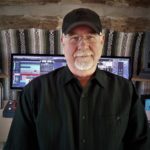
“From day one, The Fabulous Superlatives have been a good band- never less than a once-in-a-lifetime cast of brilliant musical characters. In 2005 we started becoming a great band when “Mighty” Mick Conley (the invisible Superlative) came into our camp. Mick is also a once-in-a- lifetime character who is loaded with talent. He engineers, produces, and plays on our recordings, television and radio shows, videos, films and concerts. I’ve never known of another audio engineer who has mastered all of the above- mentioned tributaries of sound. I know the truth, and the truth is what we sing and play is ten times better after Mick takes it into his laboratory and performs his magic. Mick Conley is the king of tone. If our work comes within a mile of his integrity, then I know that The Fabulous Superlatives and I are undoubtedly in the groove and on the mark.“ - Marty Stuart
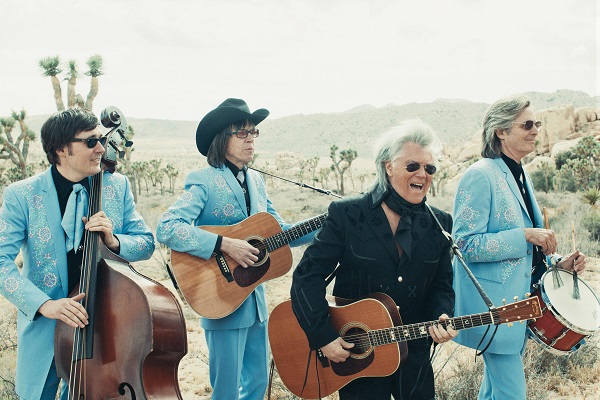
Ray Stevens
Ray Stevens, born Harold Ray Ragsdale , signed his first record deal with Capitol Records’ Prep Records division in 1957, at the age of 18, which produced the single “Silver Bracelet”.
Stevens joined Mercury Records in 1961, and the next year moved to Nashville where he worked on countless sessions as an arranger, pianist, and vocalist. In 1962, he recorded”Ahab the Arab” which climbed to #5 on the pop charts as well as the hits, “Harry the Hairy Ape” and “Santa Claus is Watching You”. Stevens left Mercury Records to join Monument Records as a producer to oversee new artists, including Dolly Parton.
In 1970, after performing on The Andy Williams Show, Stevens was signed to Williams’ label Barnaby Records as their first contemporary artist. That year, Stevens was given the opportunity to host a show to replace The Andy Williams Show for the summer. While writing for the television show’s theme song, Stevens penned “Everything is Beautiful”, his first #1 pop hit and the song that won him a GRAMMY for Male Vocalist of the Year.
In 1974, Stevens released the biggest single of his career, “The Streak”. This transatlantic smash reached #1 on both the American and British pop charts while selling over five million copies.
Stevens has continued to record both adult contemporary and novelty songs throughout his career. In 2012, Stevens released his Encyclopedia of Recorded Comedy Music box set that contains 9 CDs with 108 songs of what Ray Stevens considers to be the greatest comedy songs of all-time.
Stevens is an inductee of the Nashville Songwriters Hall of Fame, The Christian Music Hall of Fame, The Georgia Music Hall of Fame, and The Country Music Hall of Fame.

Vince Gill
One of the most popular artists in modern country music, Vince Gill is famous for his top-notch songwriting, his warm, soaring tenor, and his world- class guitar playing. Always considering himself a musician above all else, Gill has over the years been a part of some iconic bands including Pure Prairie League, The Notorious Cherry Bombs, The Time Jumpers, and in 2017 Vince was asked to join the Eagles on the road and continues to be a part of that historic band’s tour.
Gill has won 22 Grammy Awards, 18 CMA Awards, and eight Academy of Country Music Awards. In 1991, Gill was invited to become a member of The Grand Ole Opry, and in 2007 was inducted into the Country Music Hall of Fame. In 2012 he was honored with a star on the Hollywood Walk of Fame.
A gifted songwriter, Gill’s compositions earned him entry into the Nashville Songwriters Hall of Fame in 2005 and was awarded the prestigious BMI Icon award in 2014. Throughout his career he has released 20 albums, sold over 30 million albums, and charted 45 singles.
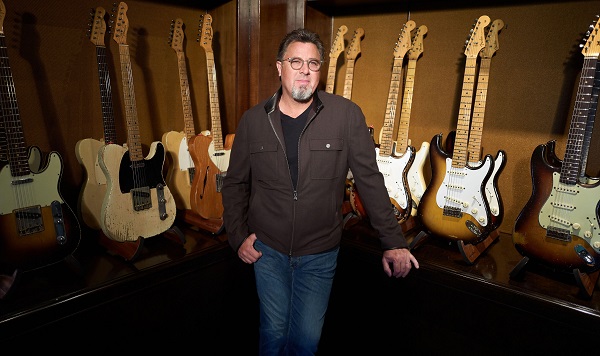
George Massenburg
George Massenburg has participated (individually and collaboratively) in over four hundred records over the past 45 years. His work includes recordings of Earth, Wind & Fire, Linda Ronstadt, Little Feat, Lyle Lovett, Aaron Neville, Mary Chapin Carpenter, Natasha Bedingfield, Herbie Hancock, Arlo Guthrie, Billy Joel, the Dixie Chicks and many more. His studio work has gained him international recognition and four Grammys (including the Grammy for Technical Achievement in 1998, at the time making him one of only seventeen individuals to receive that honor) as well as numerous Mix Magazine TEC Awards. In 1988 he also won the Academy of Country Music Record of the Year Award.
George has designed, built and managed several recording studios, and has contributed to the acoustical and architectural design of many other studios, including George Lucas’ Skywalker Sound. In 1982, he founded George Massenburg Labs, a pioneering audio electronics company that has released an extensive range of innovative recording technologies, all based on his original designs. George was awarded an honorary Doctorate of Music by Boston’s esteemed Berklee College of Music. Regularly published in professional journals and trade magazines worldwide, George Massenburg received the Gold Medal from the Audio Engineering Society in 2008. In 2013 he was awarded a patent # 8,510,361 in the US (as well as other countries) for a variable exponent averaging detector and dynamic range controller. He is also a member of the National Recording Preservation Board of the Library of Congress and an advisor to the Committee for Library Information Resources. George serves as the Chief Technical Officer of META (the Music Engineering Technical Alliance), a strategic union of music producers and engineers dedicated to the highest standards of audio and delivery of music.
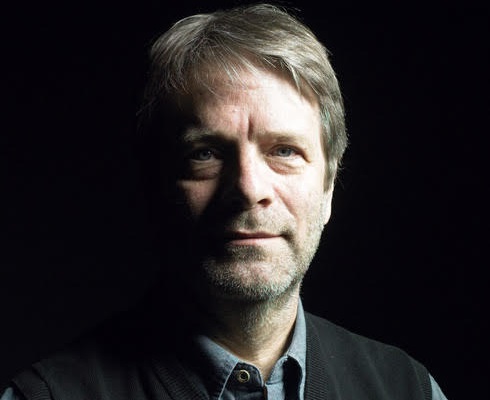
James William Guercio
James William Guercio is the chief executive of The Caribou Companies in Boulder, Colorado of which Caribou Films is an entity. Guercio produced and directed “Electra Glide in Blue,” the American entry in the 1973 Cannes Film Festival, and in 1979, produced “Second Hand Hearts,” directed by Hal Ashby. He was the original director for “Tom Horn” starring Steve McQueen in 1979.
As a guitarist, bass player, arranger and composer, Guercio, started in the music business with Dick Clark in 1962. Touring and performing with Gene Pitney, Brian Hyland, Del Shannon, Chuck Berry, Bobby Darin, and Chad and Jeremy. He was an original guitarist with Frank Zappa and The Mothers of Invention along with producing, arranging, and composing numerous hits for Chad and Jeremy and the Buckinghams. Guercio also won two Grammy Awards for his work as a music producer. His legendary Caribou Ranch studio recorded artists including Chicago, Phil Collins, Earth, Wind and Fire, Amy Grant, Billy Joel, Elton John, Carole King, John Lennon, The Beach Boys, Supertramp, and U2.
Producing numerous works by The Buckinghams, Blood, Sweat, and Tears, Chicago, and the Beach Boys, Guercio has 36 Grammy nominations, winning Album of the Year in 1969 for Blood, Sweat, and Tears along with a Grammy for Best Arrangement Accompanying Vocalist(s) and Producer for “If You Leave Me Now” for Chicago in 1976.
In 1986, Guercio purchased and became the primary shareholder of Country Music Television which was sold to Gaylord/Westinghouse in 1991. He has been married to Lucy Angle Guercio for 51 years and has three children and four grandchildren.
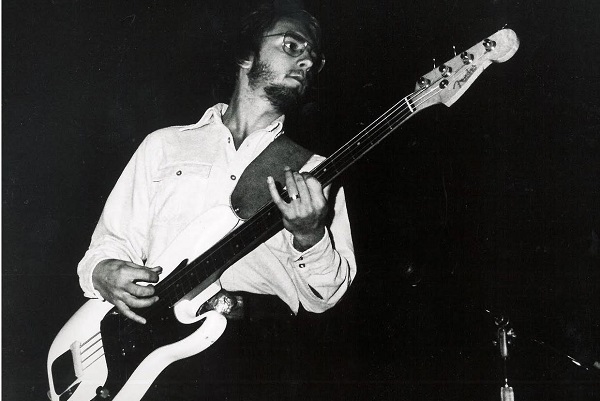
* Indicates that recipient was inducted posthumously